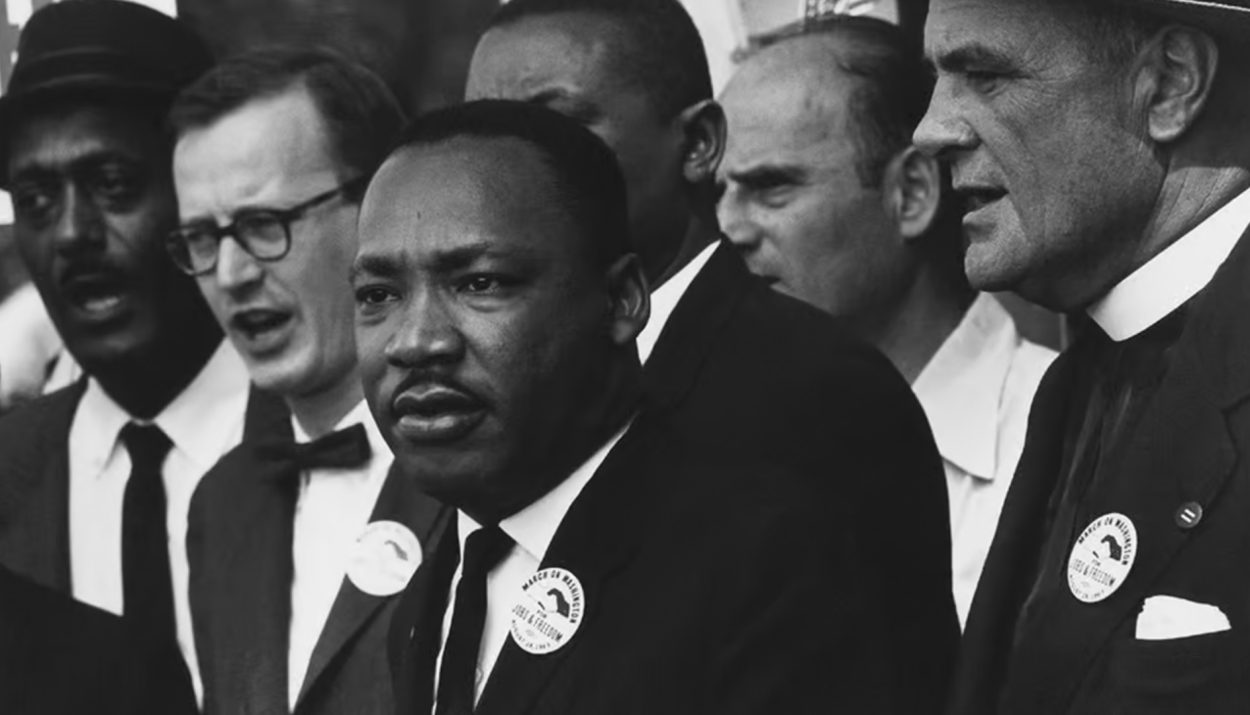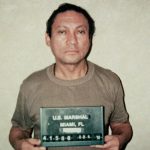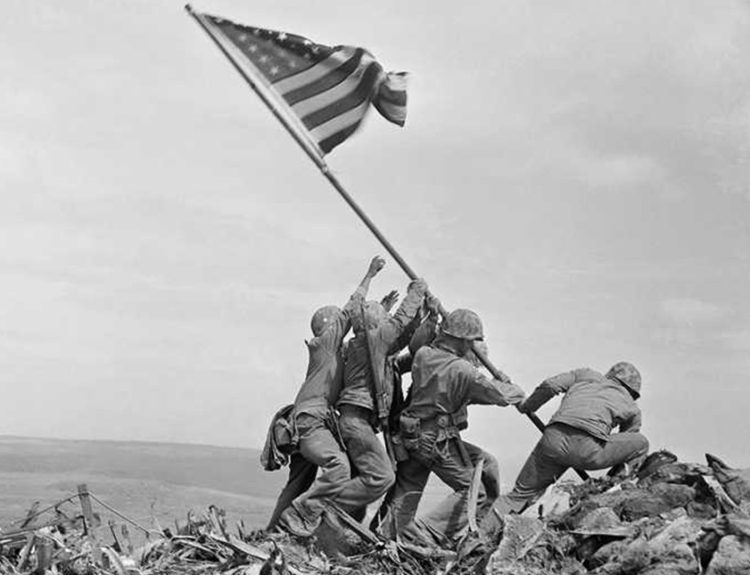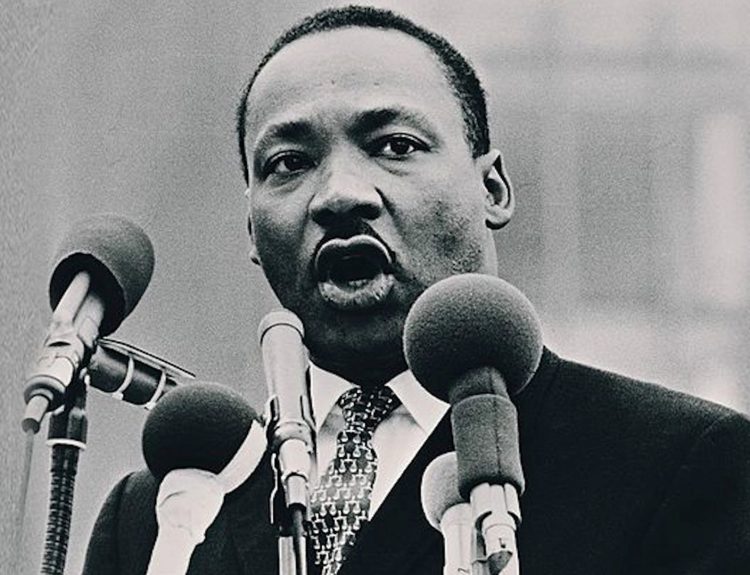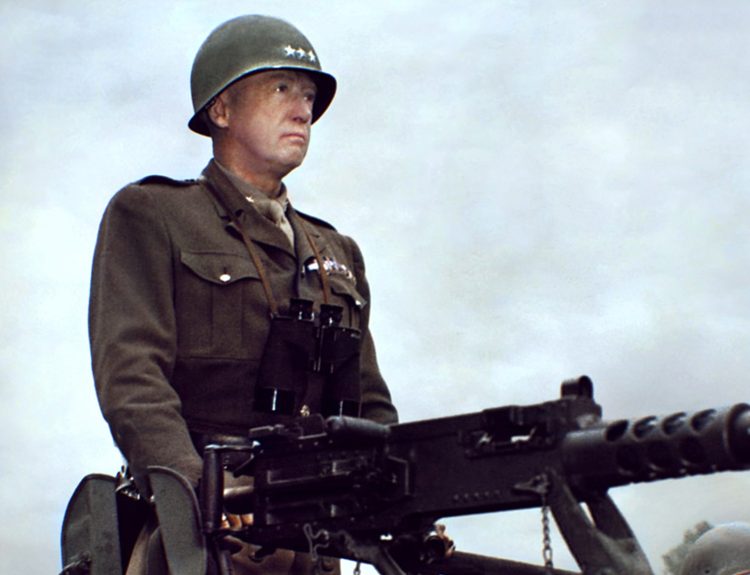Black history is an integral part of American history, yet it has often been overlooked and under-appreciated. It is crucial to recognize and celebrate the contributions of Black trailblazers and pioneers who have shaped our society in countless ways.
In this quiz, we will explore the importance of Black history and introduce a new trivia game that highlights the achievements of these remarkable individuals.
1. Which legendary boxer was originally named Cassius Clay before changing his name?
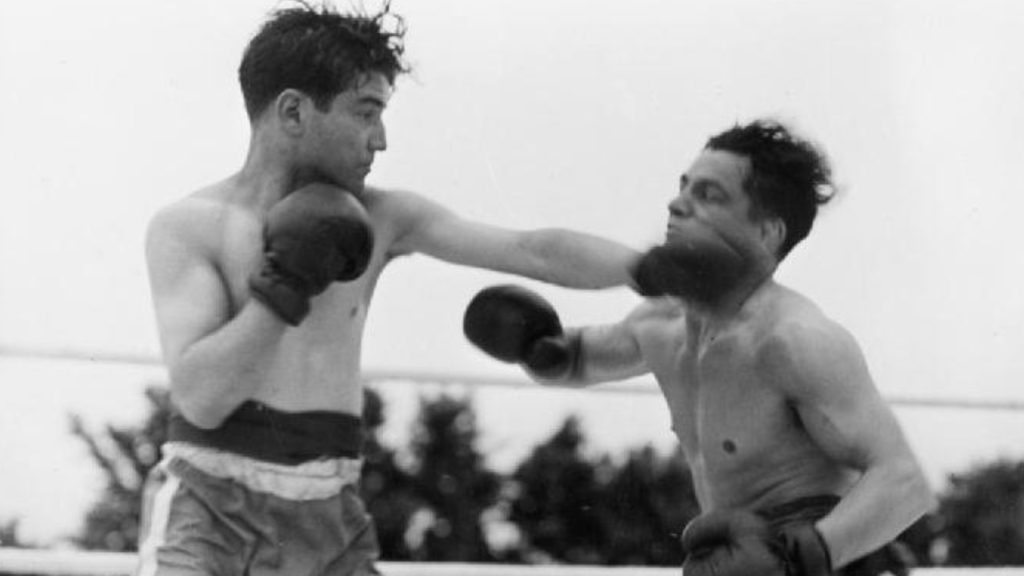
A. Floyd Mayweather
B. Sonny Liston
C. Muhammad Ali
D. Joe Frazier
Answer: C. Muhammad Ali
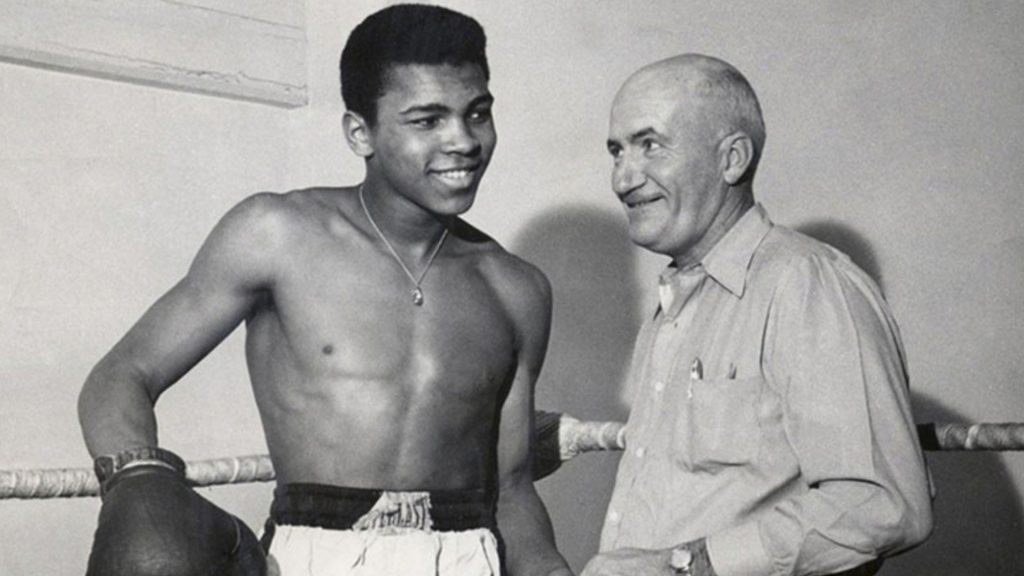
Insight: Born Cassius Clay, Muhammad Ali converted to Islam and changed his name to reflect his new faith and activism. This Louisville native became a champion both in boxing, where he earned the nickname “The Greatest,” and in the fight for racial justice. His legacy goes beyond the ring.
2. Who is renowned as the most famous conductor of the Underground Railroad?
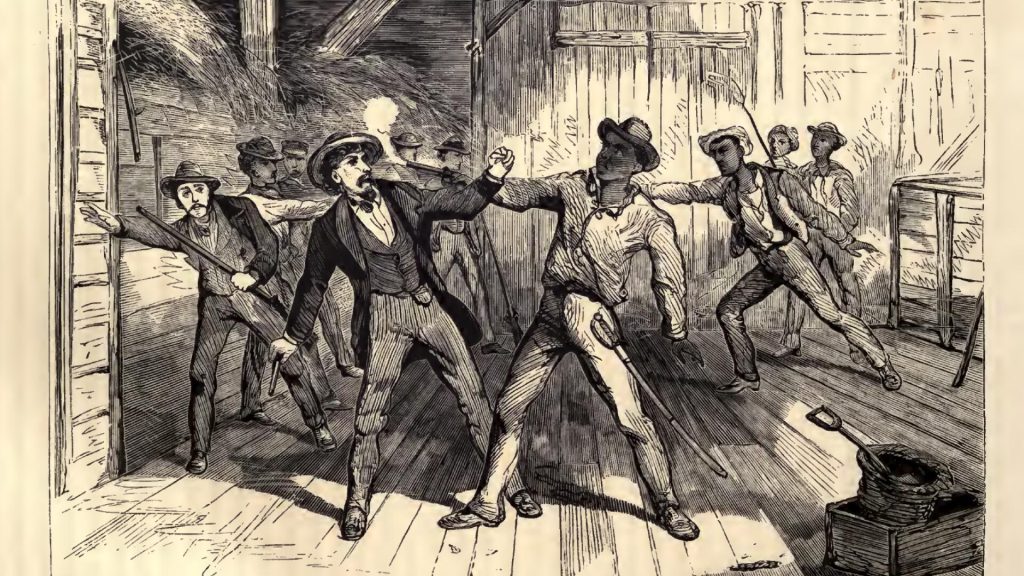
A. Harriet Tubman
B. Frederick Douglass
C. William Lloyd Garrison
D. Sojourner Truth
Answer: A. Harriet Tubman

Insight: Harriet Tubman, a fearless conductor on the Underground Railroad, risked everything to fight slavery. Nicknamed “Moses,” she defied a $40,000 bounty and made 19 perilous journeys south, guiding over 70 enslaved people to freedom with a perfect record. Her unwavering commitment cemented her place as a legend in the fight for liberty.
3. In 1964, what prestigious award was Martin Luther King, Jr. honored with?

A. Alabama Lottery
B. Pulitzer Prize for Literature
C. Congressional Gold Medal
D. Nobel Peace Prize
Answer: D. Nobel Peace Prize

Insight: Dr. King’s lifelong fight for racial justice through nonviolence earned him the Nobel Peace Prize in 1964. Inspired by Gandhi, he became a world-renowned symbol of the Civil Rights Movement, proving that peaceful resistance could create social change.
4. In 1961, whom did President Kennedy nominate to serve as a Judge on the 2nd Court of Appeals?
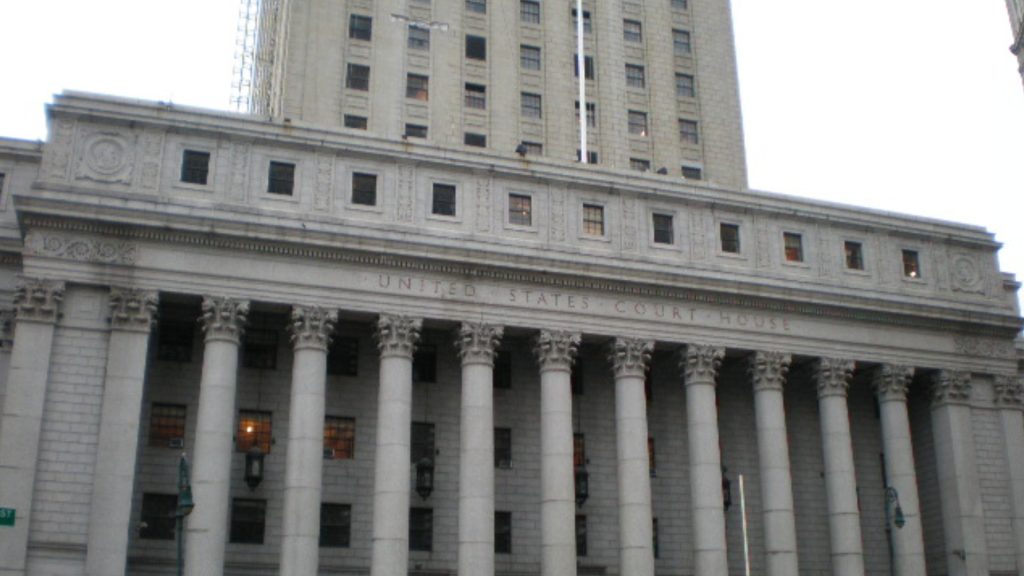
A. John Lewis
B. Medgar Evers
C. Thurgood Marshall
D. Charles Hamilton Houston
Answer: C. Thurgood Marshall
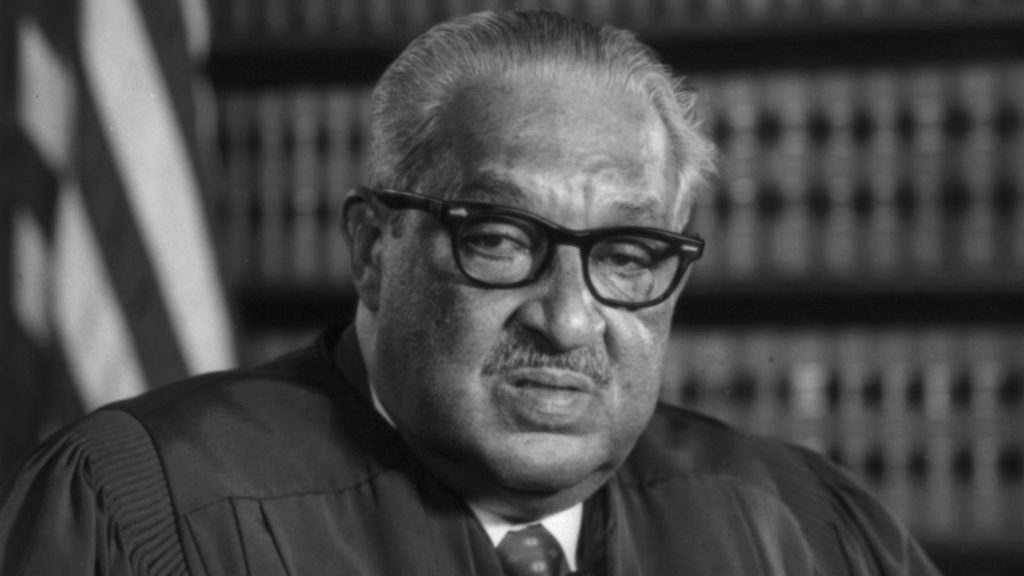
Insight: President Kennedy appointed Thurgood Marshall to a federal appeals court in 1961. This was a stepping stone to Marshall becoming the first African-American Supreme Court Justice. His impressive work on the appeals court, with over 100 well-written decisions, showed his legal brilliance and dedication to justice.
5. Who authored the autobiography titled I Know Why the Caged Bird Sings?

A. Maya Angelou
B. Nikki Giovanni
C. Alice Walker
D. Langston Hughes
Answer: A. Maya Angelou

Insight: Maya Angelou’s autobiography, “I Know Why the Caged Bird Sings,” is a powerful story of her early life. It’s a coming-of-age tale that tackles racism, hardship, and finding strength. This groundbreaking book, the first nonfiction bestseller by an African-American woman, is a testament to Angelou’s voice and a celebration of resilience.
6. Who clinched four gold medals during the 1936 Olympics in Berlin, Germany?
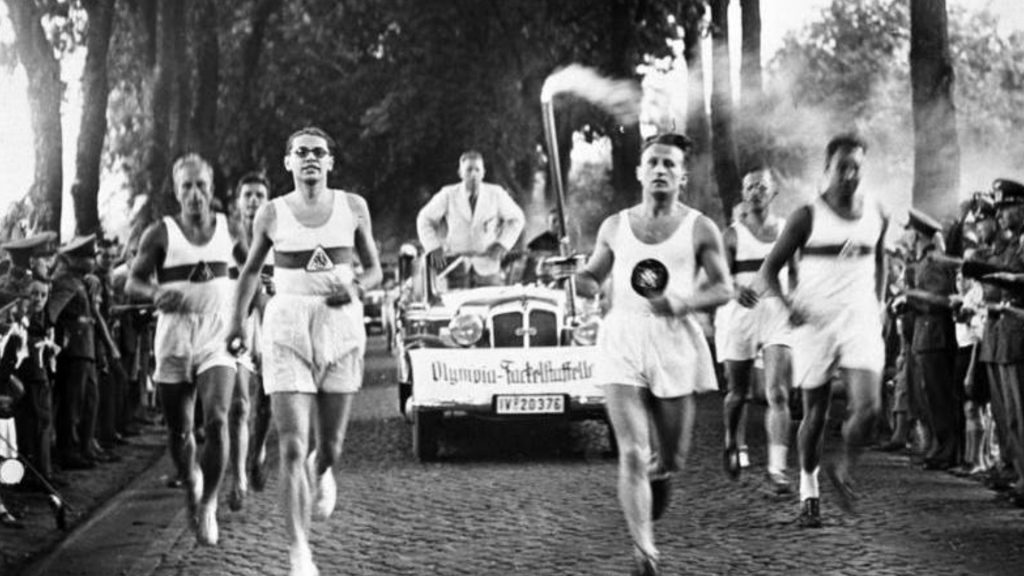
A. Jesse Owens
B. Wilma Rudolph
C. Michael Johnson
D. Edwin Moses
Answer: A. Jesse Owens
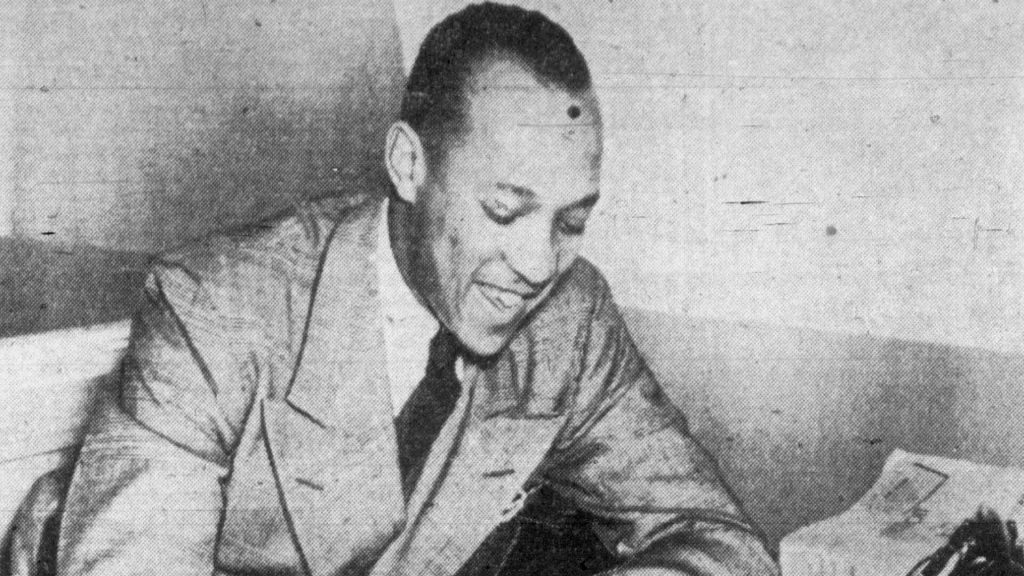
Insight: Jesse Owens silenced doubters at the 1936 Olympics with a stunning four gold medals. Leaping over racial barriers, his victories defied Hitler’s ideology and proved that greatness comes in all colors.
7. Which journalist and writer, known for their work Roots, was born in Ithaca, N.Y., and raised in Tennessee?
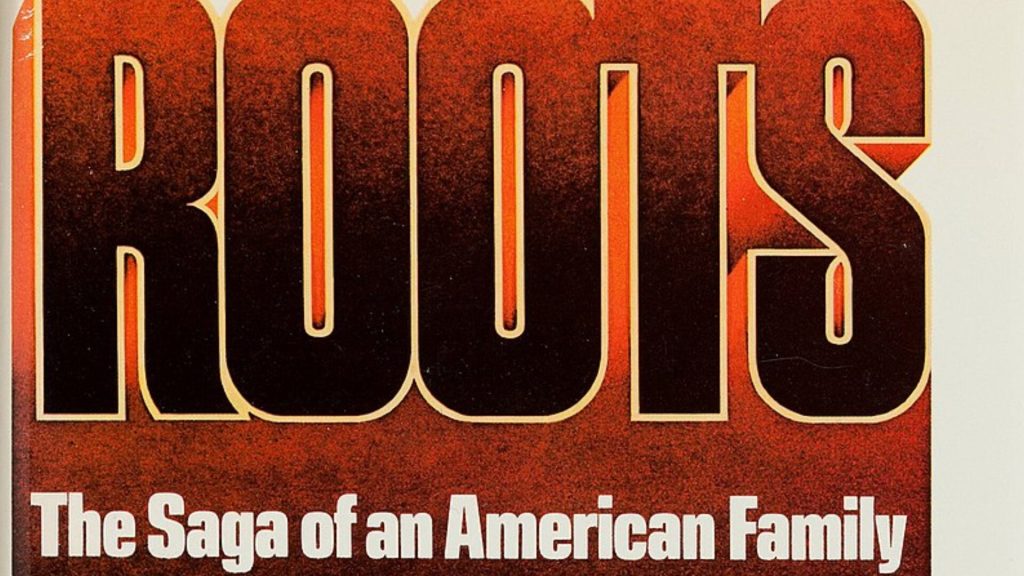
A. Maya Angelou
B. James Baldwin
C. Alex Haley
D. W.E.B. DuBois
Answer: C. Alex Haley

Insight: Alex Haley, a writer from New York raised by his grandparents in Tennessee, achieved literary fame with “Roots: The Saga of an American Family”. This book explored his own family history, tracing his ancestry back to slavery in Africa. “Roots” became a landmark, helping Americans understand the African American experience.
8. Who was the founder of PUSH?
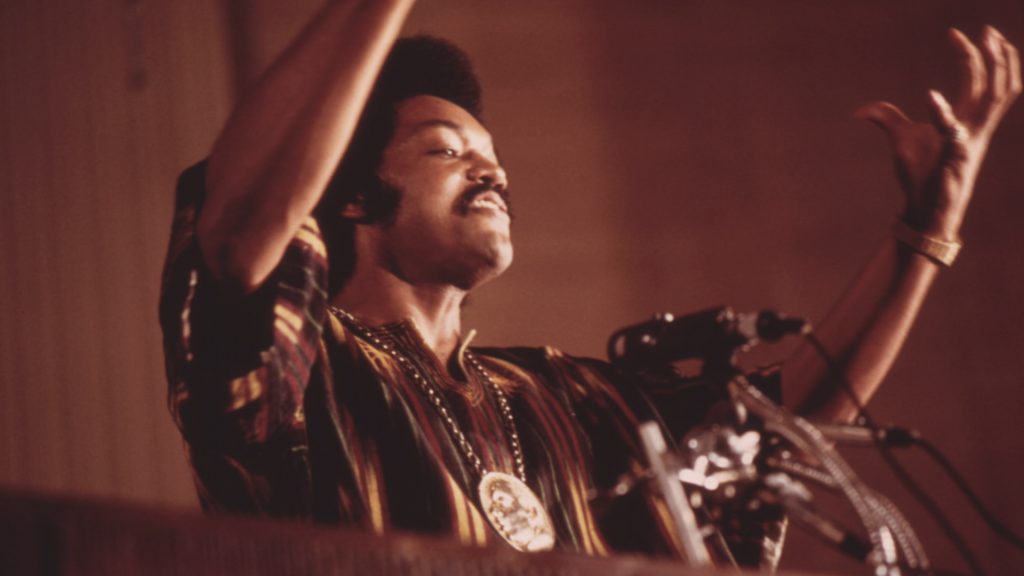
A. Dr. Martin Luther King, Jr.
B. Booker T. Washington
C. Rosa Parks
D. Rev. Jesse Jackson
Answer: D. Rev. Jesse Jackson
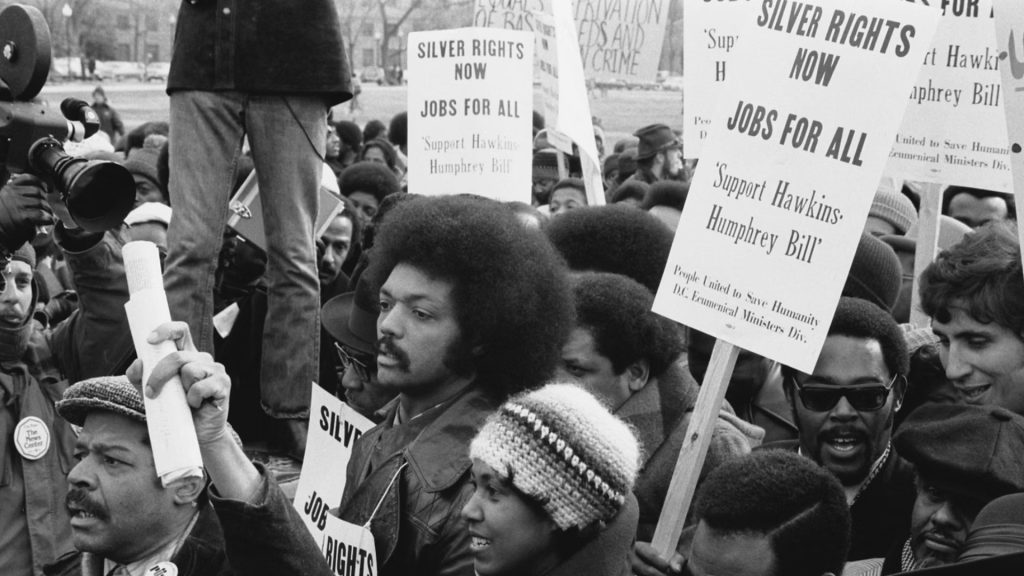
Insight: Rev. Jesse Jackson founded PUSH (People United to Serve Humanity) in 1971 to champion civil rights and economic empowerment for African Americans, with a focus on Chicago communities. This marked a significant step in his lifelong fight against systemic inequalities, aiming to enhance opportunities and living standards for black individuals and businesses.
9. Which is the oldest civil rights organization that is still active today?
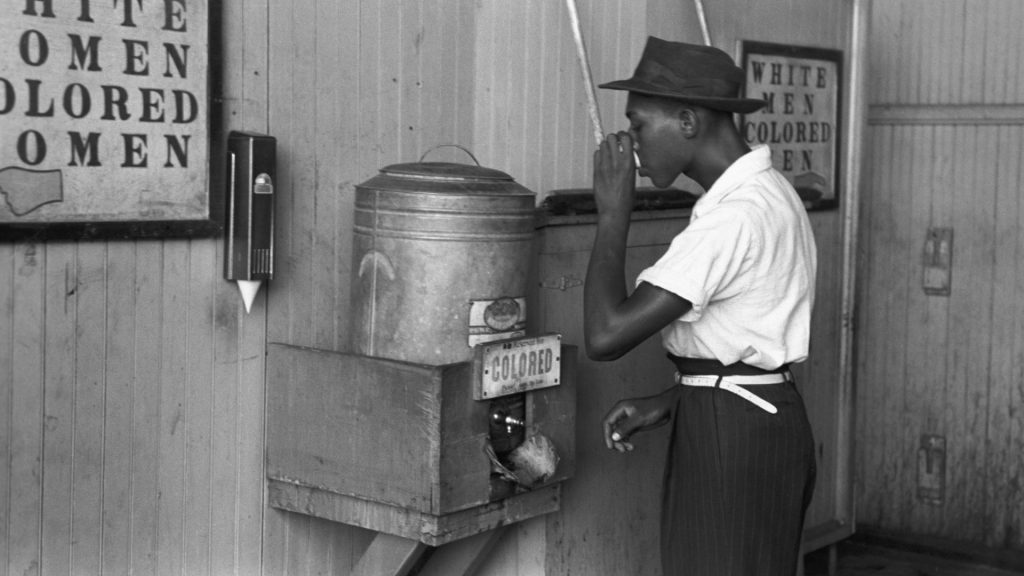
A. Human Rights Watch
B. American Civil Liberties Union
C. National Association for the Advancement of Coloured People
D. Rainbow/PUSH Coalition
Answer: C. National Association for the Advancement of Coloured People
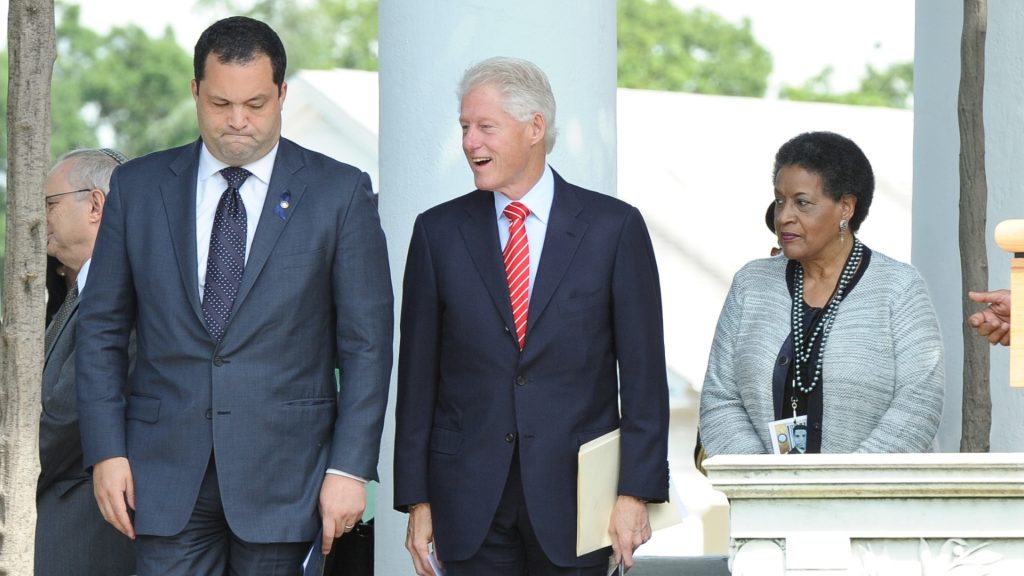
Insight: Founded in 1909 by both Black and white activists, the NAACP is the nation’s oldest and most influential civil rights organization. It has championed racial equality through legal battles, protests, and advocacy, leaving a lasting impact on American history.
10. For which president did Mary McLeod Bethune organize the “Black Cabinet”?

A. William Harding
B. Calvin Coolidge
C. Herbert Hoover
D. Franklin D. Roosevelt
Answer: D. Franklin D. Roosevelt

Insight: During Franklin D. Roosevelt’s presidency (1933-1945), educator and civil rights leader Mary McLeod Bethune formed the “Black Cabinet,” a group of African American advisors. This marked a turning point for Black inclusion in government, as they advised Roosevelt on issues concerning the African American community during the Great Depression.
11. Which primarily black female college, founded by two white women, is located in Atlanta, Georgia?
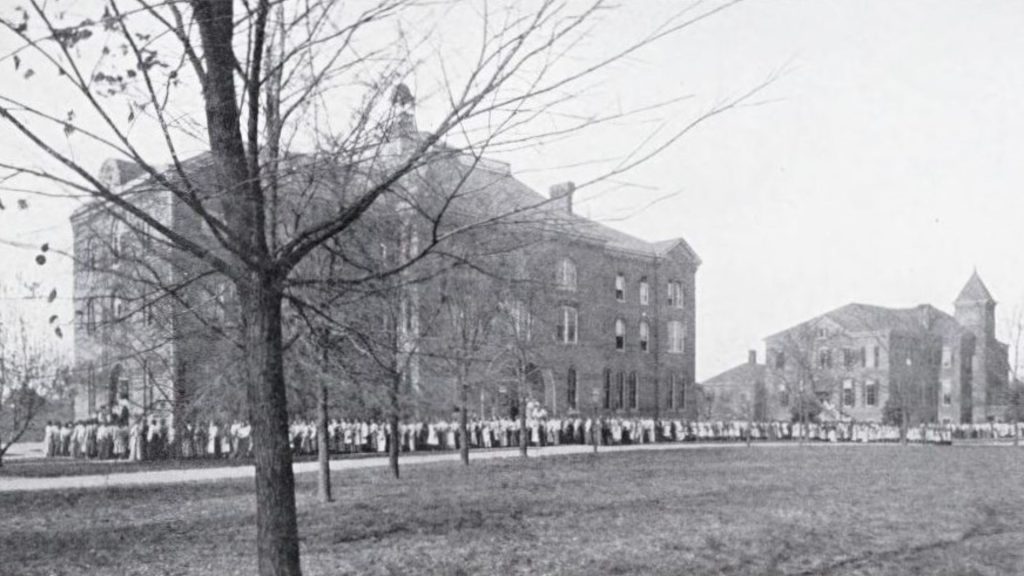
A. Hampton University
B. Tuskegee Institute
C. Lincoln Institute
D. Spelman College
Answer: D. Spelman College

Insight: In 1881, Sophia Packard and Harriet Giles founded Spelman College, a haven for Black women seeking education. This Atlanta institution, born in a church basement, defied a segregated system by offering Black women the chance to excel. Now named for a key benefactor, Spelman College’s legacy lives on, proving the power of education to uplift communities.
12. Can you identify the first African-American to pitch in the American League?
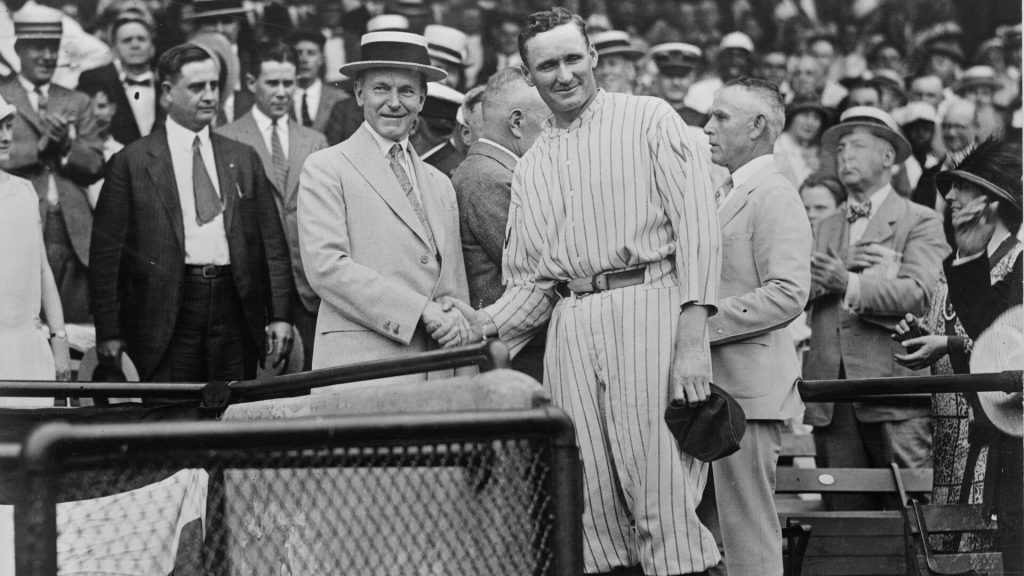
A. Leroy “Satchel” Paige
B. Josh Gibson
C. Rube Foster
D. Dan Bankhead
Answer: A. Leroy “Satchel” Paige
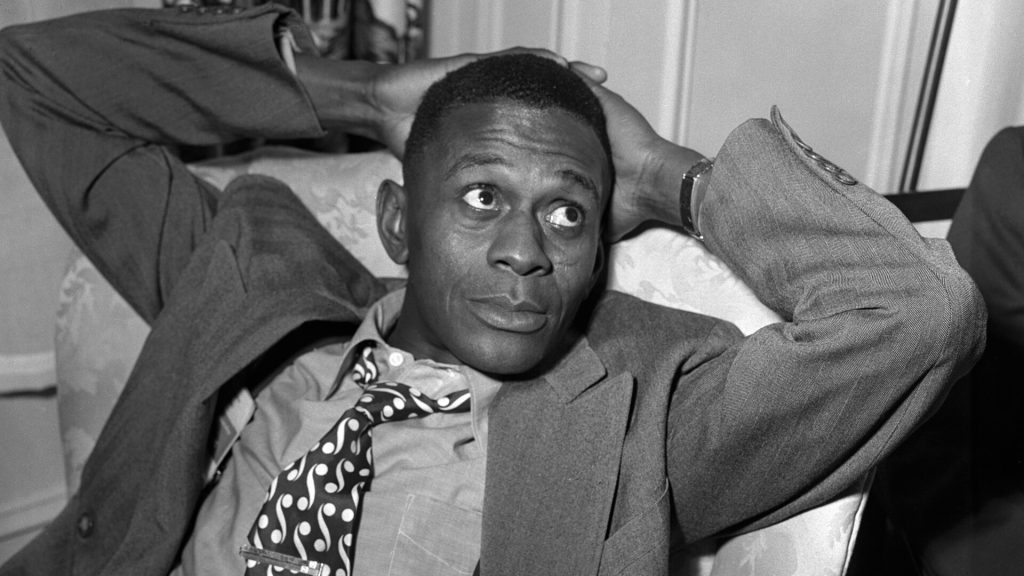
Insight: Baseball legend Satchel Paige shattered racial barriers in 1948, becoming the first Black pitcher in the American League. His talent shone brightly, but his impact went far deeper. Paige’s pioneering role paved the way for future generations of Black players, forever changing the face of baseball.
13. Who broke barriers to become the first African-American Chairman of the Joint Chiefs of Staff?
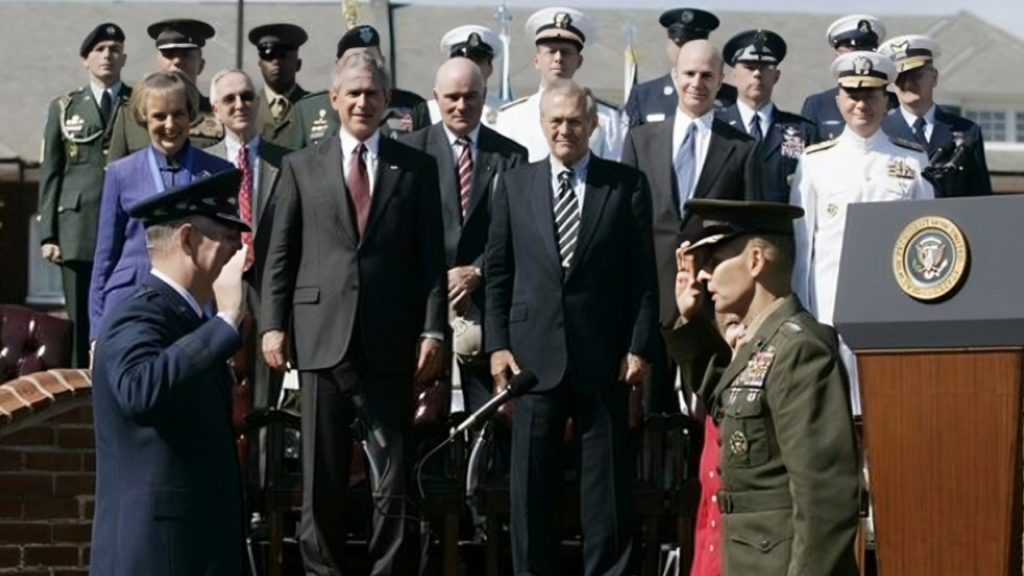
A. Ralph Abernathy
B. Colin Powell
C. Ralph Bunche
D. John Lewis
Answer: B. Colin Powell
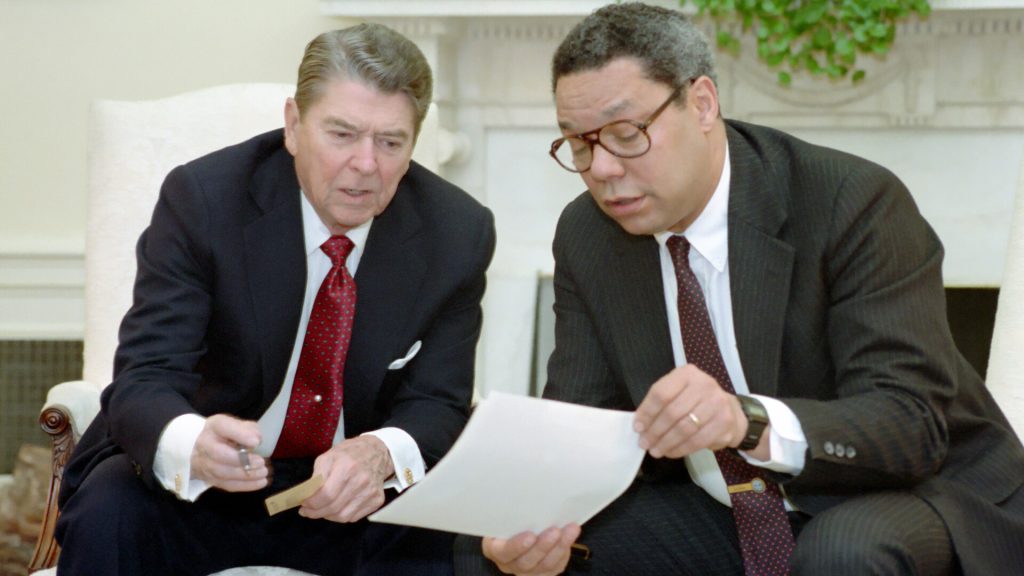
Insight: Colin Powell’s rise to Chairman of the Joint Chiefs of Staff shattered racial barriers in the U.S. military, inspiring future generations. His leadership and dedication shaped U.S. military policy, solidifying his place as a pioneer for inclusivity within the armed forces.
14. Who broke barriers as the first Black female member of Congress?
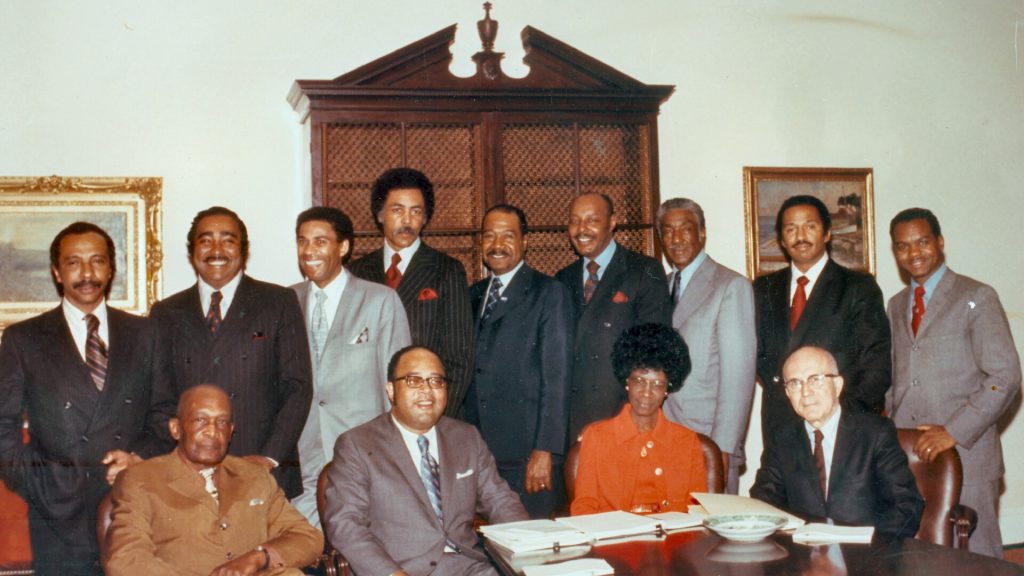
A. Alexa Canady
B. Edith Irby Jones
C. Shirley Chisholm
D. Barbara Jordan
Answer: C. Shirley Chisholm
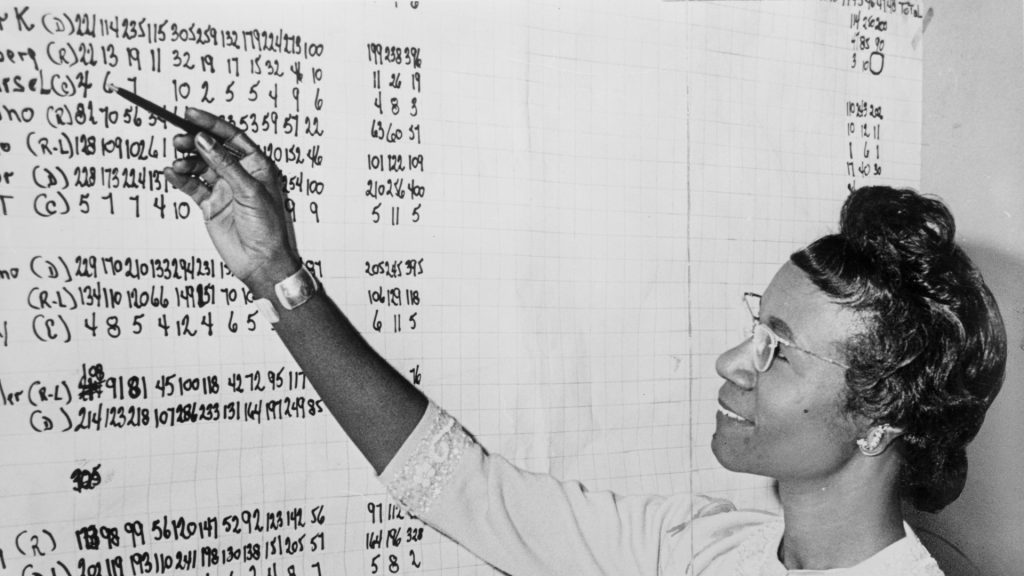
Insight: Shirley Chisholm made history in 1969 as the first Black woman in Congress. A champion for equality, she fought for civil rights, women’s rights, and the underprivileged. Even challenging for President in 1972, Chisholm broke barriers and inspired future generations to reach for the stars.
15. Who broke barriers to become the first African American professional tennis champion?

A. Serena Williams
B. Zina Garrison
C. Venus Williams
D. Althea Gibson
Answer: D. Althea Gibson

Insight: Tennis champion Althea Gibson shattered racial barriers in the sport. In 1956, she became the first African American to win a Grand Slam title (French Open). Her victories continued at Wimbledon and the U.S. Nationals (now U.S. Open) in 1957 and 1958, solidifying her place as a trailblazer and paving the way for future generations of Black tennis players.
16. What organization did Dr. Martin Luther King, Jr. found?

A. Black Panther Party
B. Southern Christian Leadership Conference (SCLC)
C. Rainbow PUSH Coalition
D. American Civil Liberties Union (ACLU)
Answer: B. Southern Christian Leadership Conference (SCLC)
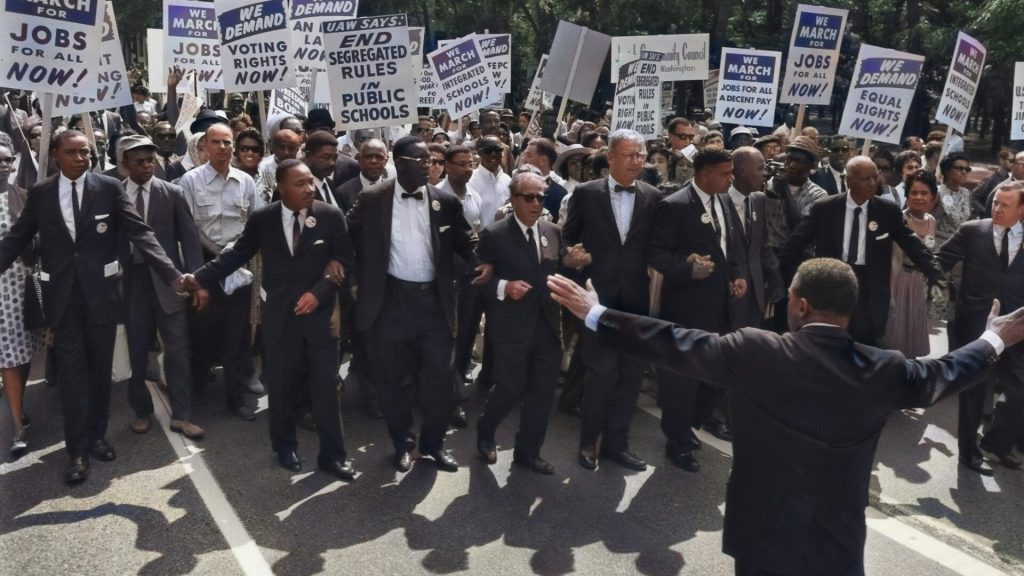
Insight: Dr. Martin Luther King Jr. and other Civil Rights leaders founded the SCLC in 1957. Based in Atlanta, this group used nonviolent protests organized through Black churches to fight segregation and injustice in the South. The SCLC’s powerful actions were key to the success of the Civil Rights Movement.
17. What birth name was given to the influential African-American leader known as Malcolm X?

A. Malcolm Poole
B. Charles Edwards
C. Malcolm Little
D. Walter Scott
Answer: C. Malcolm Little

Insight: Born as Malcolm Little, the civil rights leader Malcolm X rejected his slave name. The “X” symbolized his lost African heritage and defiance against his ancestors’ forced identity. This act reflected his transformation into a powerful voice for Black dignity and equality.
18. What African American scientist achieved a Master’s Degree in Agriculture from Iowa State Agricultural College in 1896?

A. George Washington Carver
B. Booker T. Washington
C. Alex Haley
D. Marcus Garvey
Answer: A. George Washington Carver
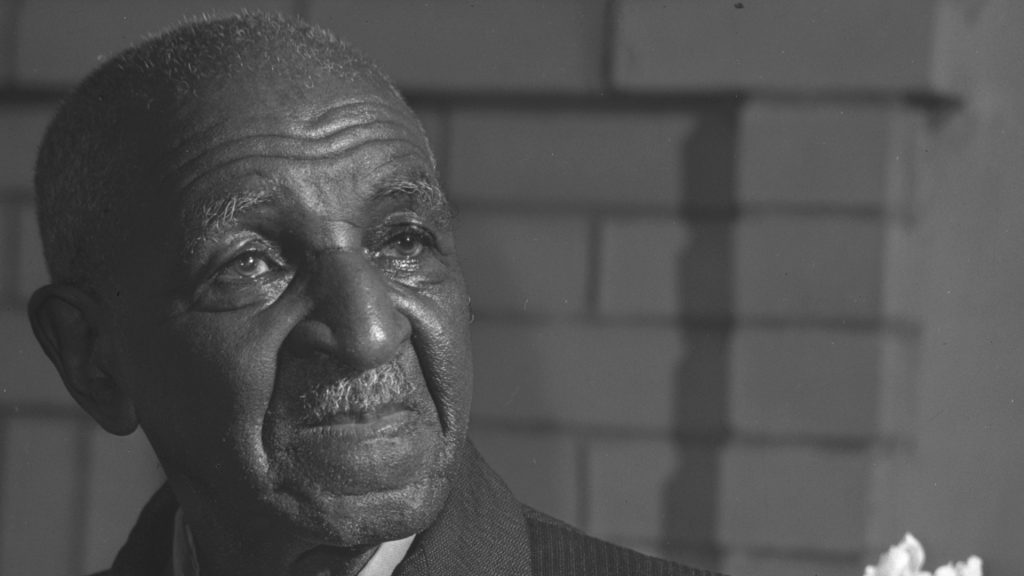
Insight: George Washington Carver wasn’t done learning after his bachelor’s degree in agriculture. He went on to earn a master’s degree from the same college in 1896. Carver’s thirst for knowledge made him a pioneer in botany and the first Black faculty member at Iowa State. His work, particularly with crop rotation and peanuts, continues to influence agriculture today.
19. Who became the first African American actress to win an Academy Award in 1940?

A. Ruby Dee
B. Butterfly McQueen
C. Dorthy Dandridge
D. Hattie McDaniel
Answer: D. Hattie McDaniel
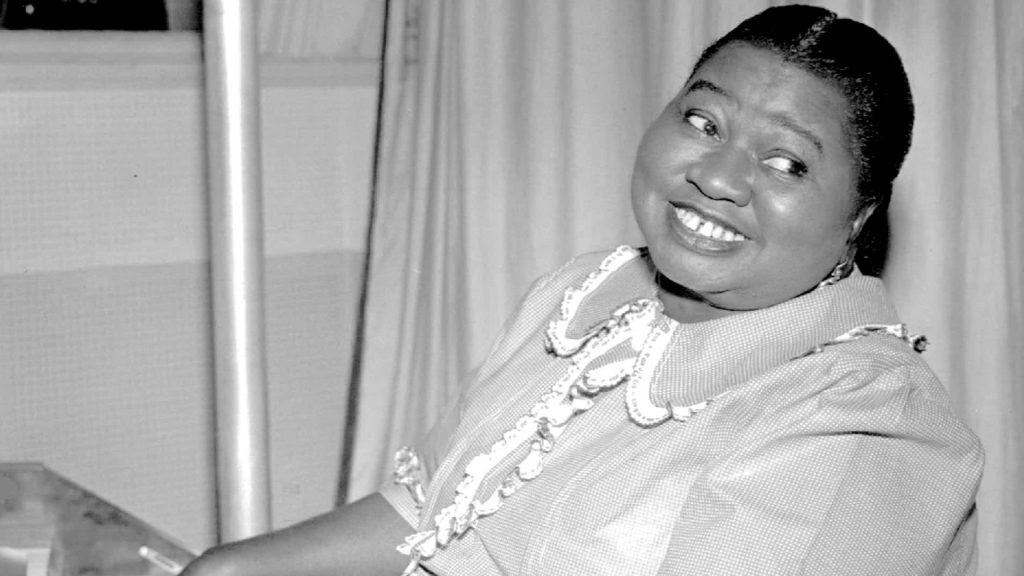
Insight: Hattie McDaniel shattered barriers in 1940, becoming the first African American to win an Oscar for her role in Gone with the Wind. Despite facing segregation even at the ceremony, her talent and achievement paved the way for future generations of Black actors in Hollywood.
20. Who was the former slave that published the newspaper The North Star?
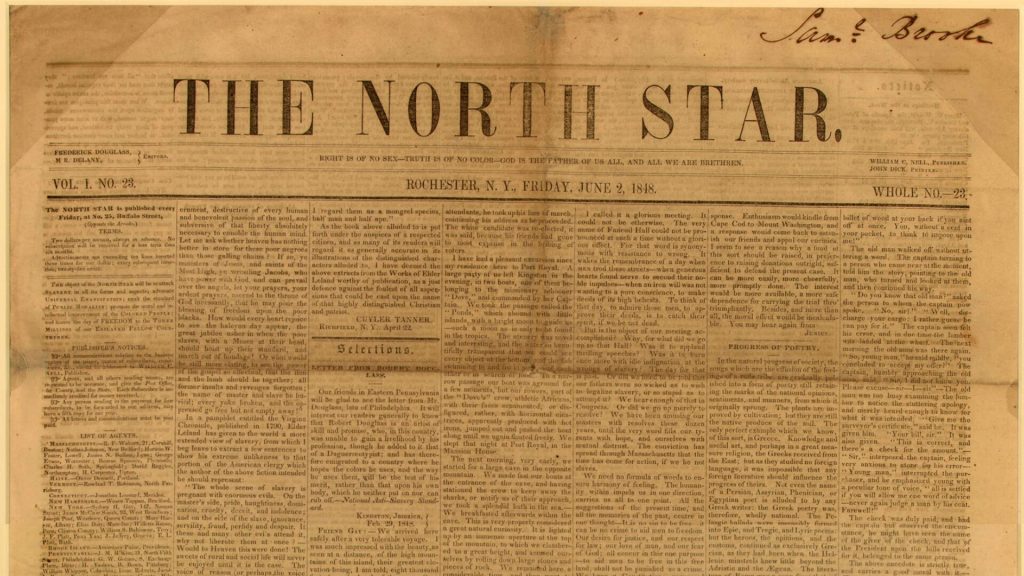
A. Harriet Tubman
B. Frederick Douglass
C. Sojourner Truth
D. David Walker
Answer: B. Frederick Douglass
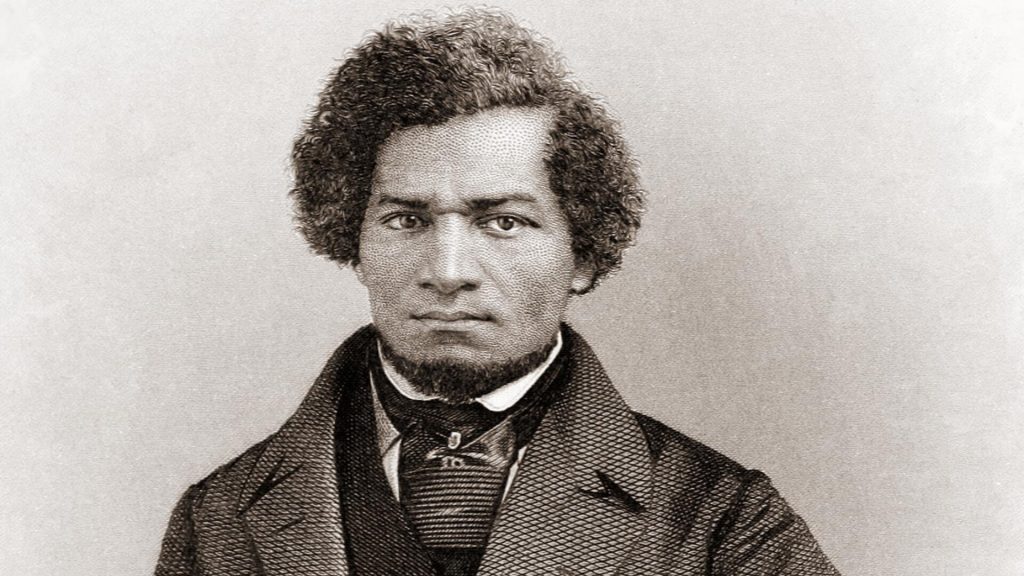
Insight: Escaped slave Frederick Douglass became a powerful voice against slavery. In 1847, he founded The North Star, an antislavery newspaper named after the guiding light of the Underground Railroad. Through this publication, Douglass relentlessly fought for African American freedom, using his writing to expose injustices and advocate for change.
21. Which 19th-century African-American poet from Dayton, Ohio was the first to gain national recognition for his work?

A. Paul Laurence Dunbar
B. George Moses Horton
C. Phillis Wheatley
D. Mary Weston Fordham
Answer: A. Paul Laurence Dunbar

Insight: 19th century African-American poet Paul Laurence Dunbar broke barriers. Despite racial prejudice, his talent for dialect and standard English poems captured the nation’s attention. Weaving the Black experience with humor and emotion, Dunbar’s work became widely popular and continues to inspire writers today.
22. Who broke new ground as the first African American to hold the position of United States Secretary of State?
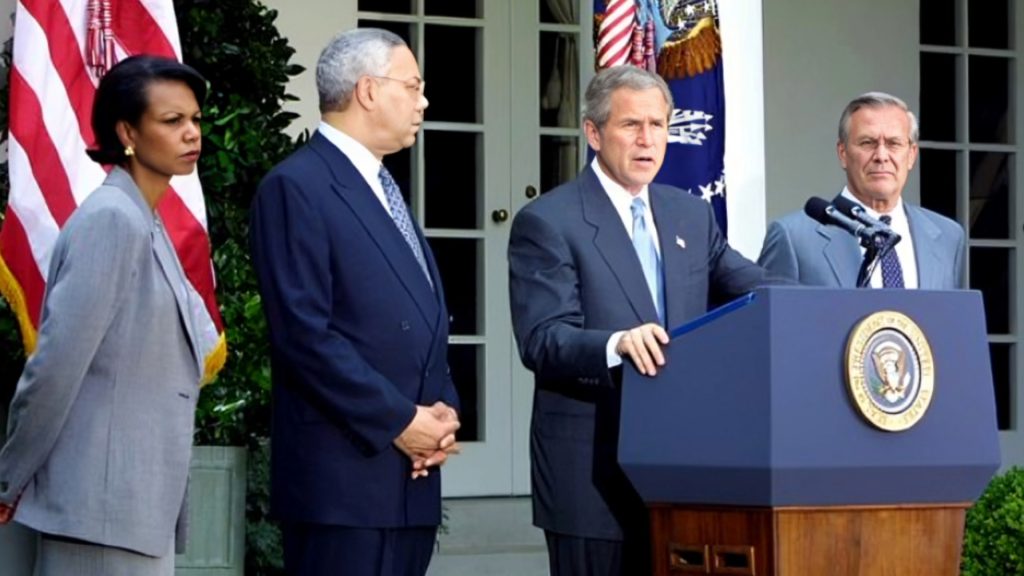
A. Colin Powell
B. Eric Holder
C. John Lewis
D. Ralph J. Bunche
Answer: A. Colin Powell
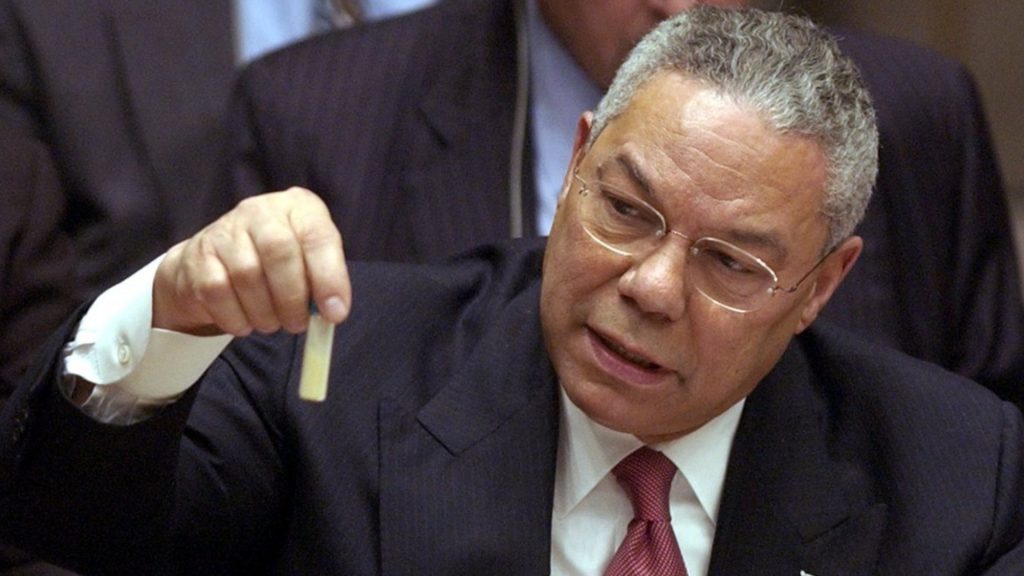
Insight: Colin Powell shattered racial barriers by becoming the first African American Secretary of State, national security advisor, and chairman of the Joint Chiefs of Staff. His groundbreaking achievements in leadership serve as an inspiration for future generations.
23. Who was the first African American to clinch a major victory on the Professional Golf Association (PGA) circuit?

A. Lee Elder
B. Tiger Woods
C. Jim Thorpe
D. Willie McRae
Answer: B. Tiger Woods
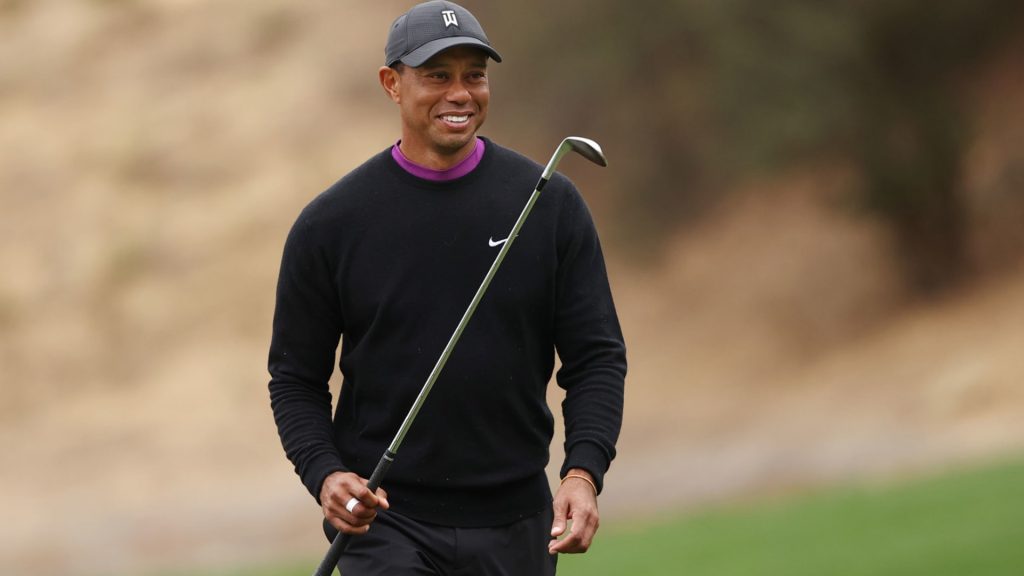
Insight: In a historic feat, Tiger Woods shattered racial barriers in golf by becoming the first African American to win a major PGA championship at the 1997 Masters. This victory propelled him to become the most successful and celebrated African-American golfer of all time.
24. Who was the author behind the completion of the novel Go Tell It On the Mountain in 1953?
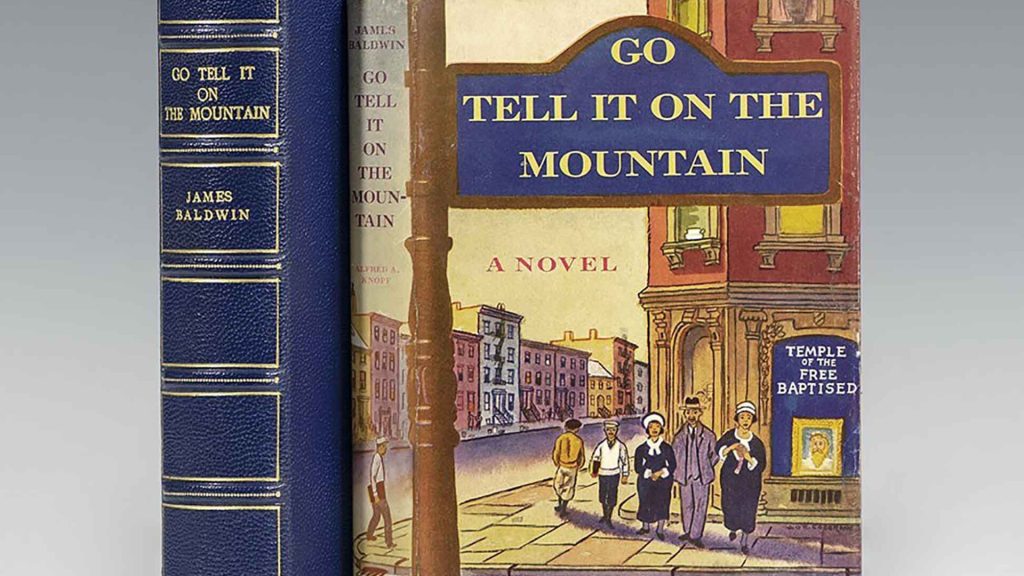
A. Ralph Bunche
B. W.E.B. DuBois
C. James Baldwin
D. Richard Wright
Answer: C. James Baldwin

Insight: In 1953, James Baldwin, a prominent African-American author, published his semi-autobiographical novel, Go Tell It on the Mountain. This powerful story follows John Grimes, a Harlem teenager, but also delves into Baldwin’s own experiences. It explores the complexities of race, religion, and family in mid-20th century America, issues that remain relevant today.
25. Who was the organizer behind the Million Man March that took place on October 16, 1995?

A. Louis Farrakhan
B. Cornel West
C. Martin Luther King, Jr.
D. Jesse Jackson
Answer: A. Louis Farrakhan
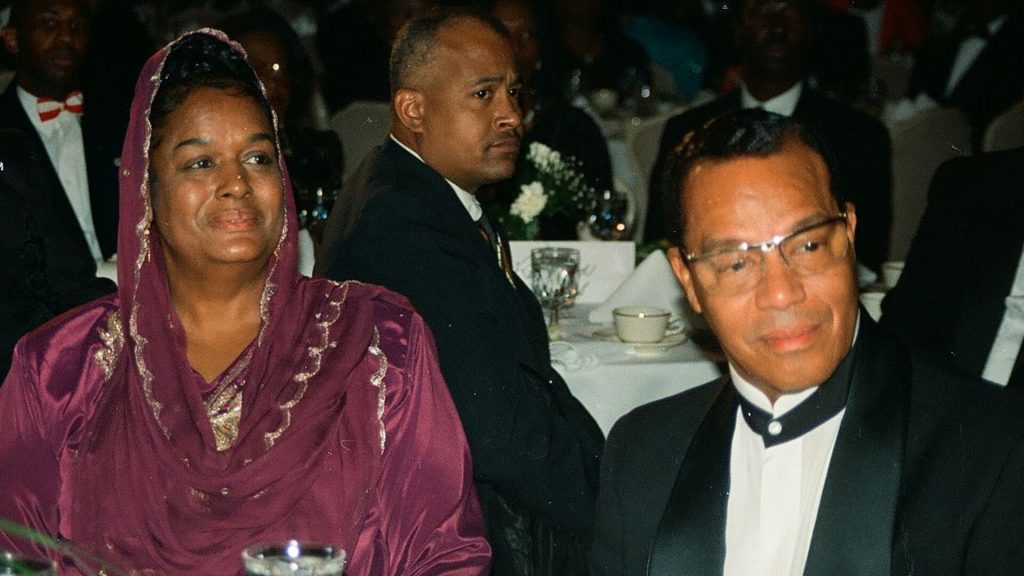
Insight: Led by Nation of Islam leader Louis Farrakhan, the Million Man March in Washington D.C. united hundreds of thousands of African-American men. This historic gathering championed Black unity and family values, leaving a powerful mark on the national discussion about racial equality and empowerment.
26. Which African-American model became the first to appear on the cover of a major national fashion magazine?

A. Tyra Banks
B. Beverly Johnson
C. Grace Jones
D. Donyale Luna
Answer: B. Beverly Johnson

Insight: Beverly Johnson shattered barriers as the first Black model on the cover of American Vogue. This iconic moment, captured by photographer Francesco Scavullo, defied industry prejudice and paved the way for future generations. Johnson’s success transcended modeling, as she later championed hair care for Black women, solidifying her lasting impact on the fashion world.
27. Who broke new ground as the first African-American to manage a team in the Major Leagues?

A. Ken Griffey Jr.
B. Frank Robinson
C. Larry Doby
D. Hank Aaron
Answer: B. Frank Robinson
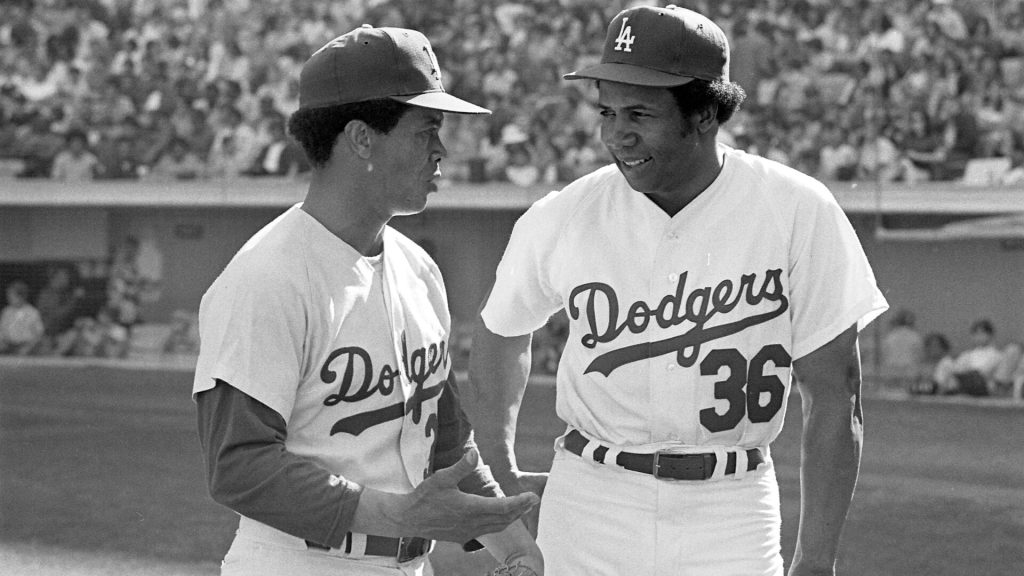
Insight: In 1975, Frank Robinson made MLB history as the first Black manager by taking the reins of the Cleveland Indians. This milestone wasn’t just about the dugout; Robinson even homered in his first game as player-manager! His achievement opened doors for future generations, proving the value of diversity in baseball leadership.
28. In which year did the Million Man March take place?
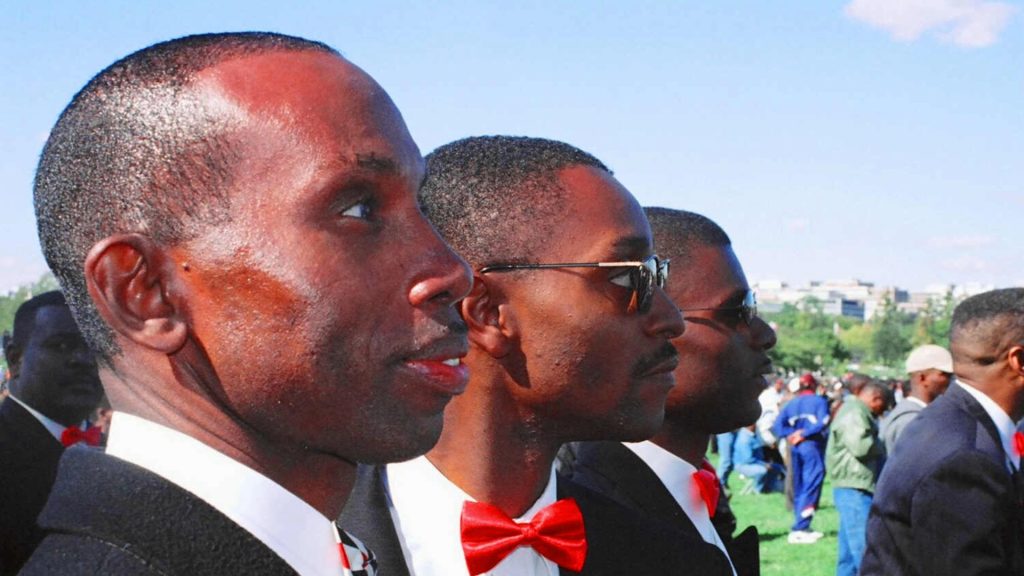
A. 1993
B. 1992
C. 2000
D. 1995
Answer: D. 1995
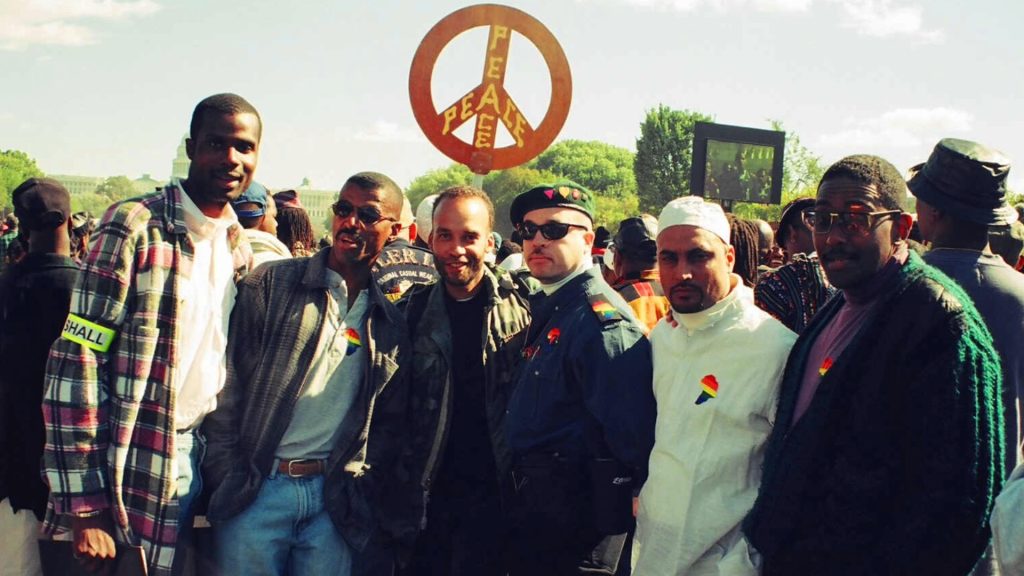
Insight: In the year 1995, a massive gathering of over 850,000 African American men on the National Mall marked a historic moment. The Million Man March emphasized unity, family values, and community improvement, showcasing the power of collective action and personal responsibility within the African American community.
29. Who is recognized as the first African American explorer to have reached the North Pole?

A. Edward Bouchet
B. Oliver H. Pratt
C. Matthew Henson
D. William Ridley Henson
Answer: C. Matthew Henson
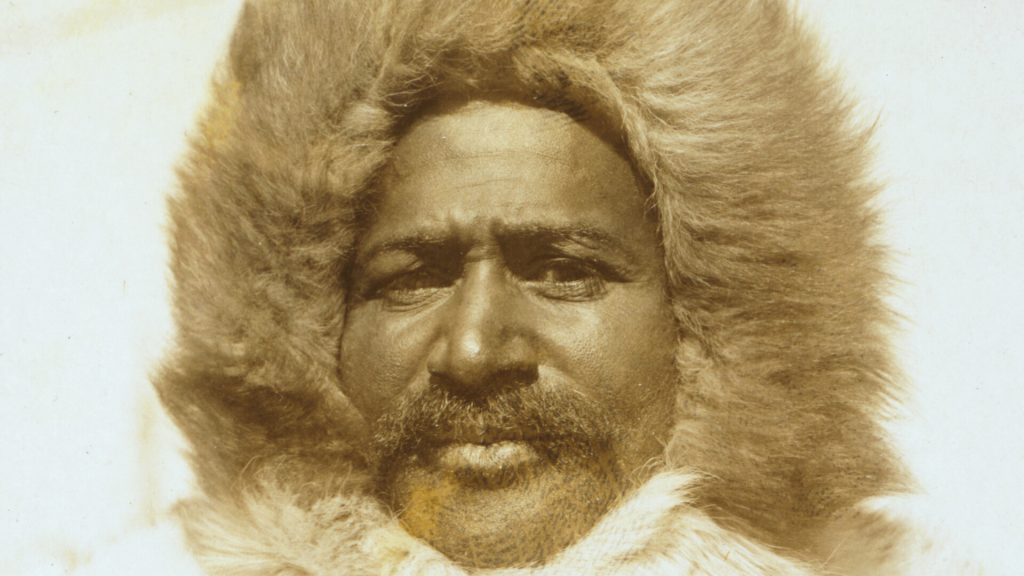
Insight: Overcoming racial barriers and defying the odds, Matthew Henson, an African American explorer, reached the North Pole alongside Robert Peary in 1909. Despite facing discrimination, his bravery and expertise were crucial to the expedition’s success. Now recognized for this historic achievement, Henson’s legacy as a groundbreaking explorer is finally secured.
30. Which life-saving device was patented by an African American man named Garrett A. Morgan?
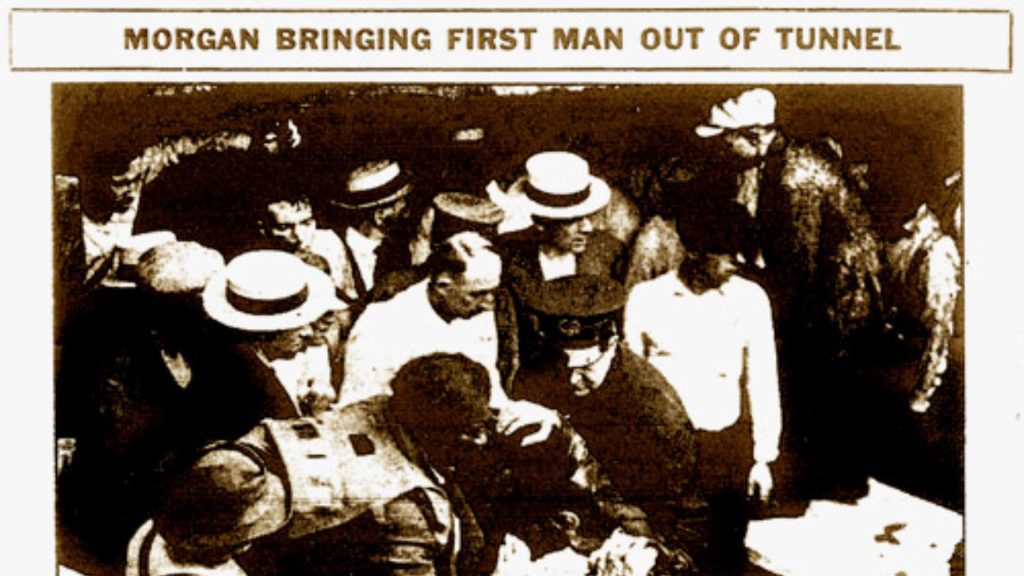
A. Fire extinguisher
B. Gas mask
C. Iron lung
D. Bullet proof vest
Answer: B. Gas mask

Insight: Garrett A. Morgan’s invention, the Safety Hood (an early gas mask), gained fame after he used it to heroically rescue workers trapped underground. This lifesaving device was later adopted by firefighters and even modified by the U.S. Army, solidifying his reputation as a safety pioneer. But Morgan’s innovations went beyond this; he also held the patent for the first traffic signal, showcasing his diverse impact on the world.
31. Who was the founder of the Universal Negro Improvement Association?
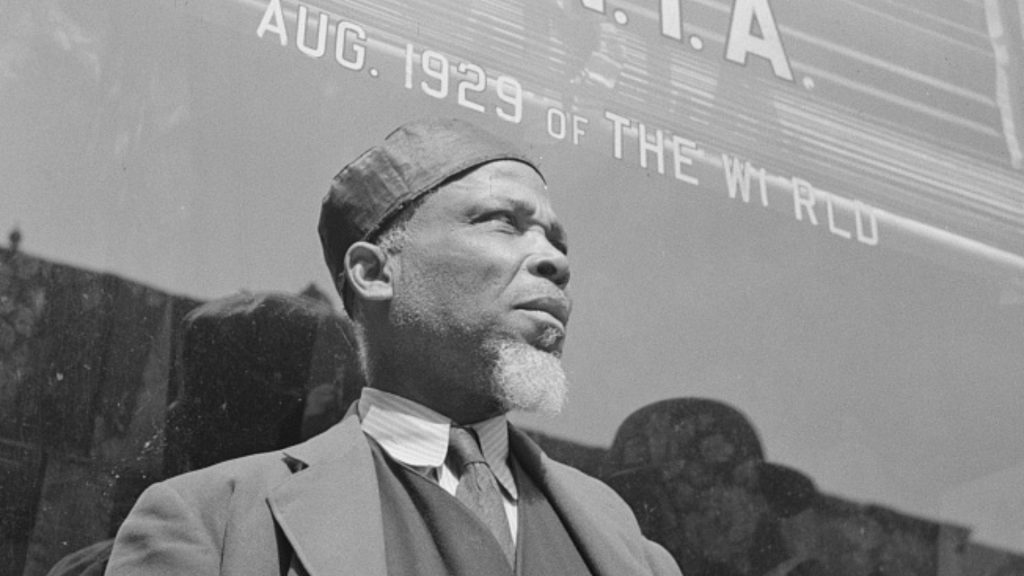
A. Marcus Garvey
B. Malcolm X
C. Frederick Douglass
D. W.E.B. DuBois
Answer: A. Marcus Garvey
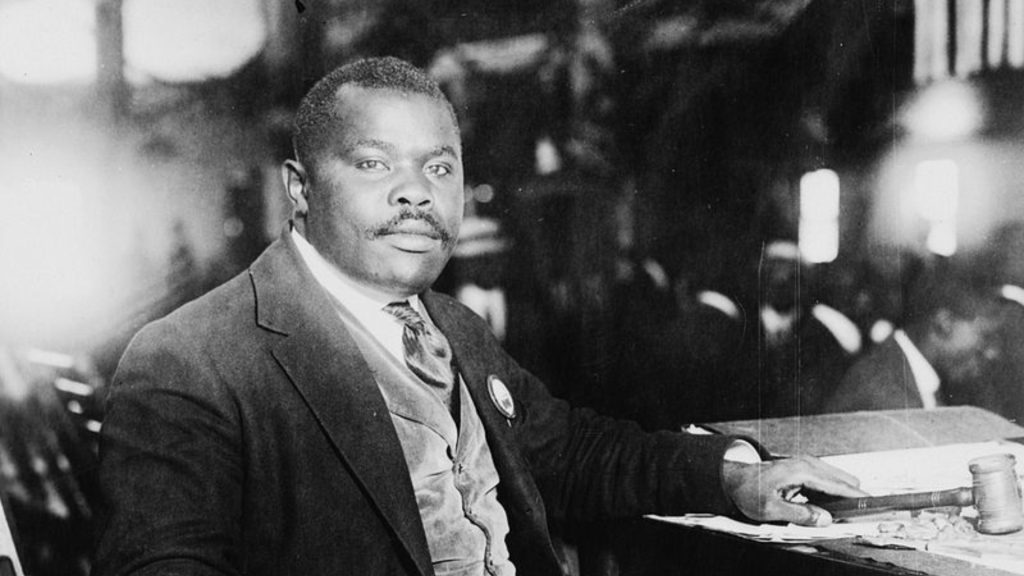
Insight: A key figure in African-American history, Marcus Garvey, championed Black empowerment through the UNIA (Universal Negro Improvement Association) he founded in 1914. This organization aimed to unite Black people globally, promoting economic strength, social progress, and cultural pride. Garvey’s “Back-to-Africa” movement and his influential message of “Black is Beautiful” challenged racial discrimination and instilled pride in Black identity.
32. In which year did President Lincoln issue the Emancipation Proclamation?
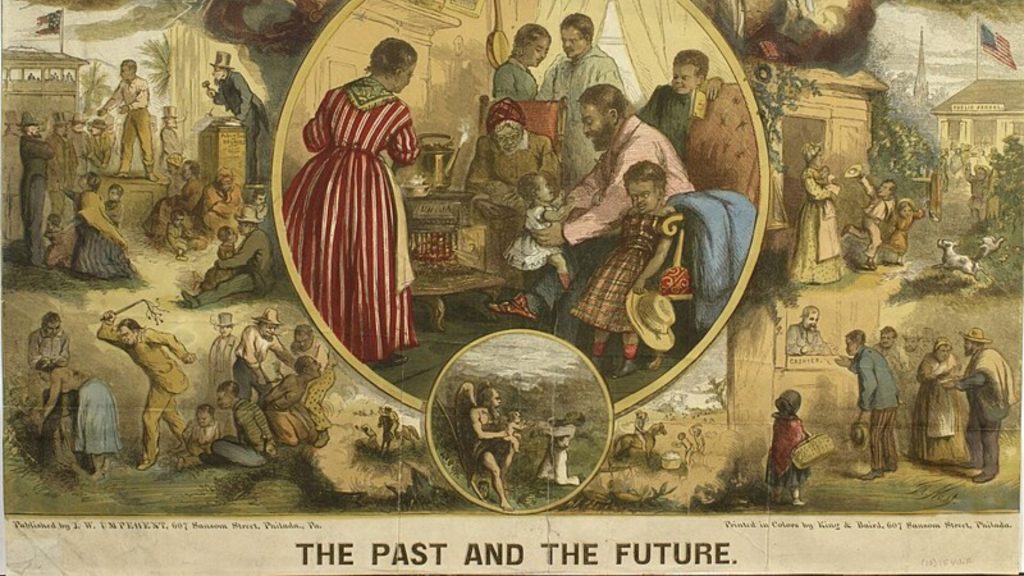
A. 1865
B. 1856
C. 1863
D. 1871
Answer: C. 1863
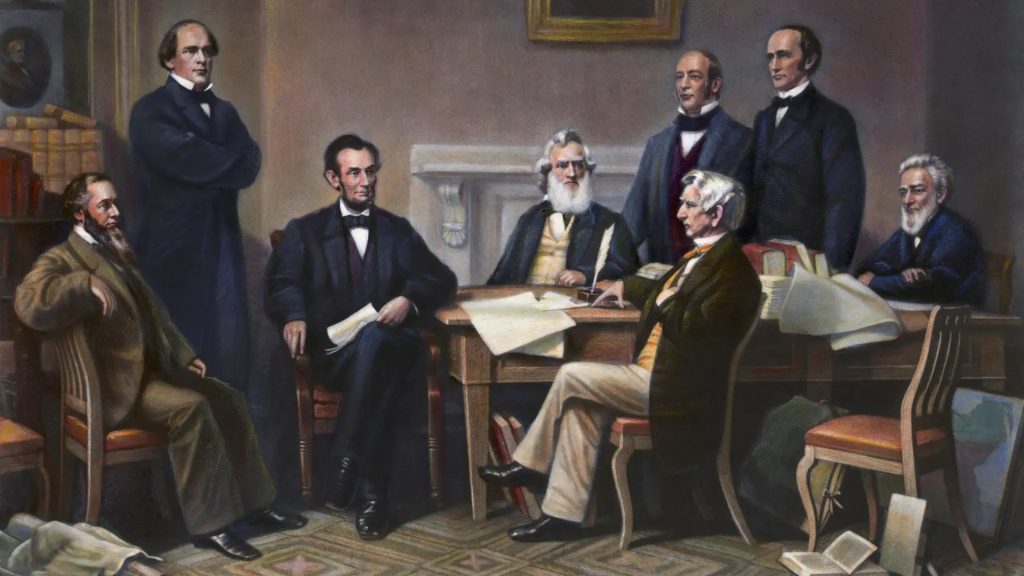
Insight: In the midst of the Civil War, President Lincoln issued the Emancipation Proclamation on January 1, 1863. This critical decree declared freedom for slaves in Confederate states, marking a major turning point in the fight against slavery. While it didn’t immediately end slavery nationwide, it paved the way for its eventual abolition across the United States.
33. What African American prima donna was greeted with a forty-two minute ovation at her debut in the Metropolitan Opera House in New York City?

A. Jessye Norman
B. Shirley Verrett
C. Leontyne Price
D. Marion Anderson
Answer: C. Leontyne Price

Insight: On January 27, 1961, Leontyne Price’s Met Opera debut as Leonora in Verdi’s “Il Trovatore” was a sensation. Her powerful voice and stage presence captivated the audience, resulting in a record-breaking 42-minute ovation. This marked a turning point in her career, solidifying her place as a leading soprano and groundbreaking African-American opera star.
34. Who broke the color barrier for the Chicago Cubs by becoming the first African-American player on their roster?
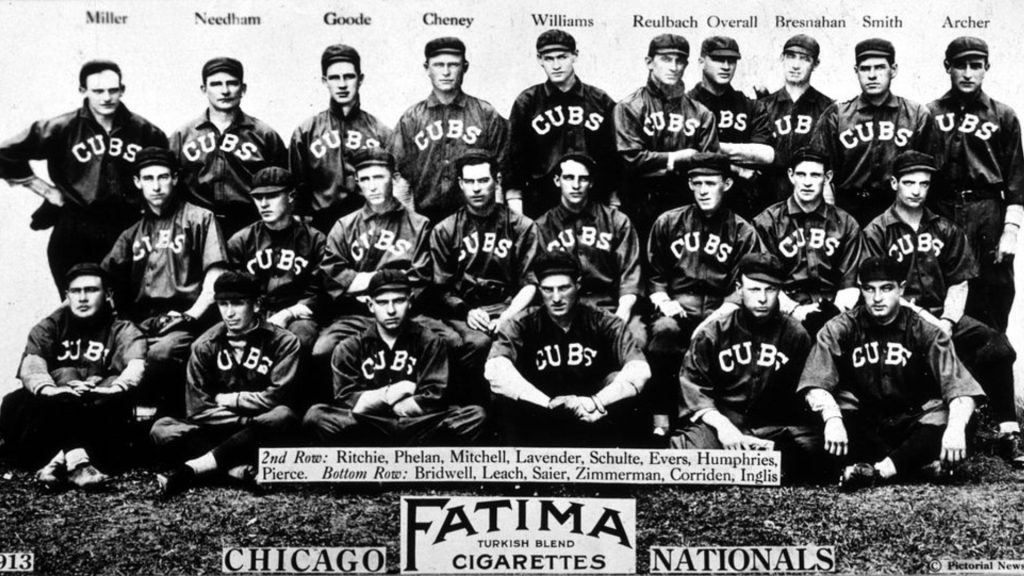
A. Ernie Banks
B. Hank Aaron
C. Willie Stargell
D. Frank Robinson
Answer: A. Ernie Banks

Insight: Ernie Banks wasn’t just a Chicago Cubs legend, he was a baseball history maker. In 1953, he shattered the Cubs’ color barrier, becoming the team’s first Black player. Following Jackie Robinson’s footsteps, Banks’ talent shined. Nicknamed “Mr. Cub,” he smashed homers, won MVP awards, and earned a Hall of Fame spot, leaving a lasting legacy of both skill and integration.
35. Which state achieved a significant milestone in 1870 by electing the first African American as a Representative in the United States Congress?
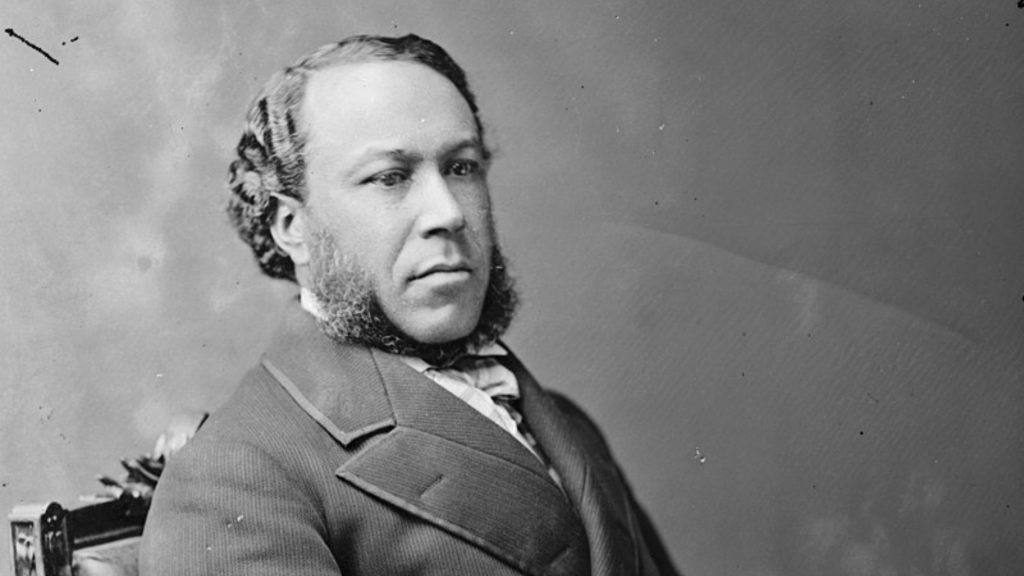
A. Michigan
B. South Carolina
C. Pennsylvania
D. Virginia
Answer: B. South Carolina
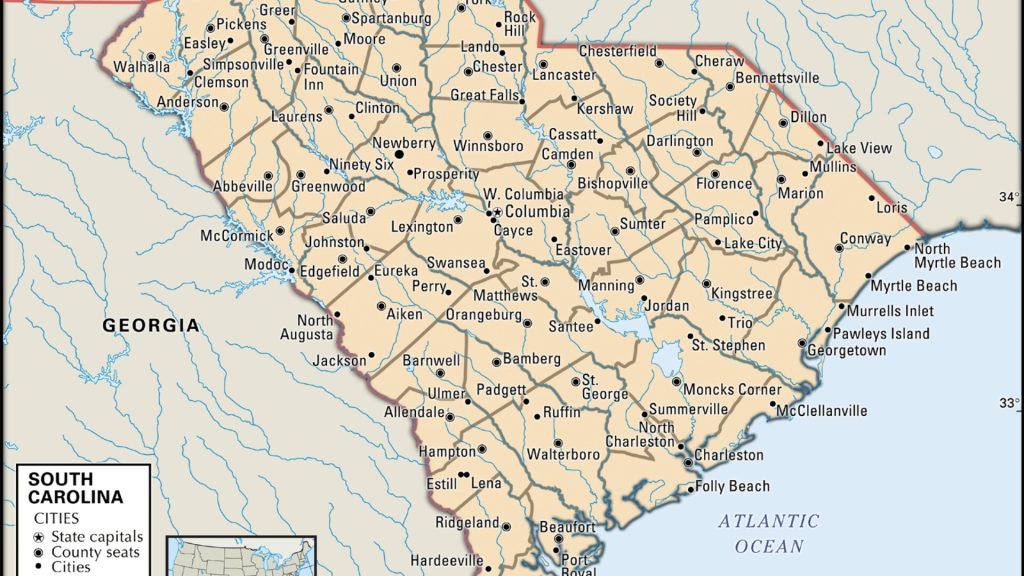
Insight: South Carolina made history by electing Joseph Rainey, a formerly enslaved man, as the first Black Congressman in 1870. This marked a huge step forward for African Americans after the Civil War, symbolizing their growing political voice and fight for equality. Rainey championed civil rights for Black Southerners and bravely spoke out against racist groups like the Ku Klux Klan.
36. Who was the first African American awarded the Congressional Medal of Honor?

A. Jacques Ballard
B. Robert Smalls
C. William H. Carney
D. Doris “Dorie” Miller
Answer: C. William H. Carney
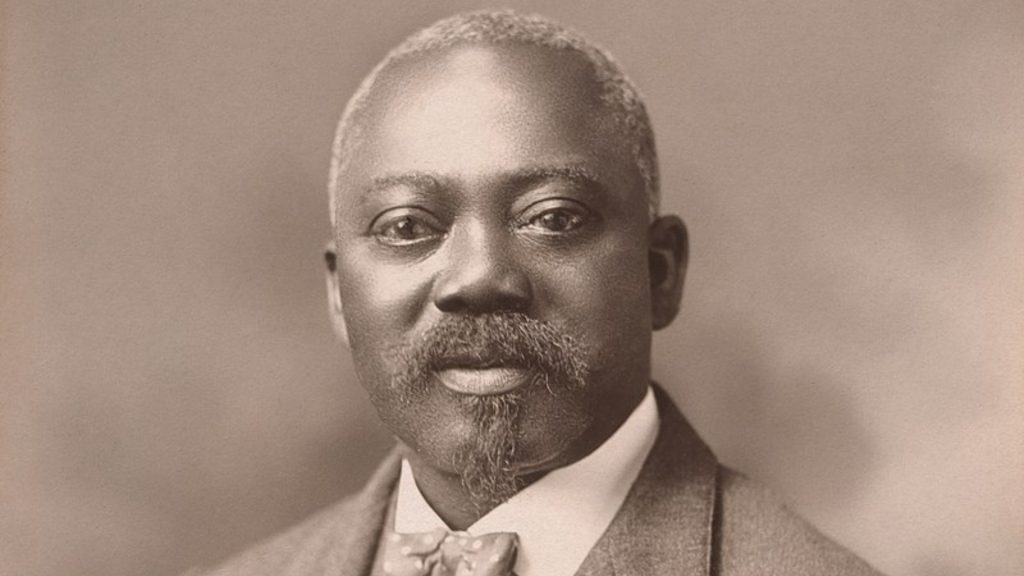
Insight: Sgt. William H. Carney made history as the first African American to receive the Congressional Medal of Honor, America’s highest military award. His valorous actions at Fort Wagner in 1863, despite being wounded, exemplify his unwavering dedication to saving the American flag, a symbol of unity and hope amidst the chaos of battle.
37. Who was the first African American to be honored with their likeness on a U.S. postage stamp?

A. Rosa Parks
B. Thurgood Marshall
C. Booker T. Washington
D. W.E.B. Du Bois
Answer: C. Booker T. Washington

Insight: In 1940, a U.S. postage stamp featuring Booker T. Washington became a landmark moment. Not only did it honor the influential educator, but it also marked the first time an African American appeared on a stamp. Issued at Tuskegee Institute, a school Washington himself founded, this stamp paved the way for future recognition of African Americans on U.S. postage.
38. In which state did Denmark Vesey plan a full-scale slave rebellion?

A. Virginia
B. West Virginia
C. Louisiana
D. South Carolina
Answer: D. South Carolina
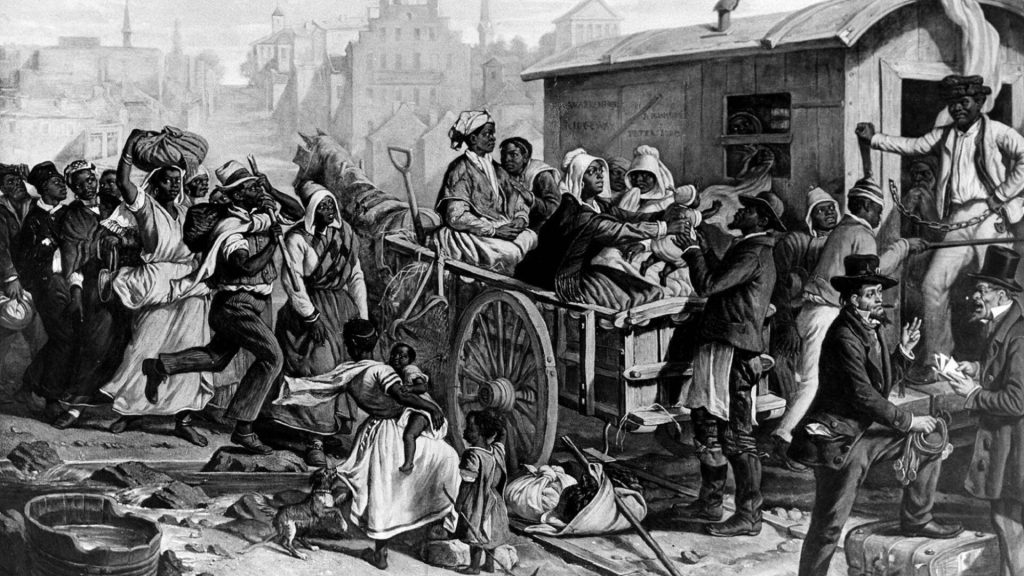
Insight: In 1822, Denmark Vesey planned a daring slave rebellion in Charleston, South Carolina, a state with a massive enslaved population. Inspired by Haiti’s successful slave revolution, Vesey hoped to achieve similar freedom. Tragically, the plot was exposed before it could happen, leading to Vesey’s execution and the silencing of many others.
39. Who made history as the first African American US Senator?

A. Hiram Revels
B. Booker T. Washington
C. Barack Obama
D. Thurgood Marshall
Answer: A. Hiram Revels
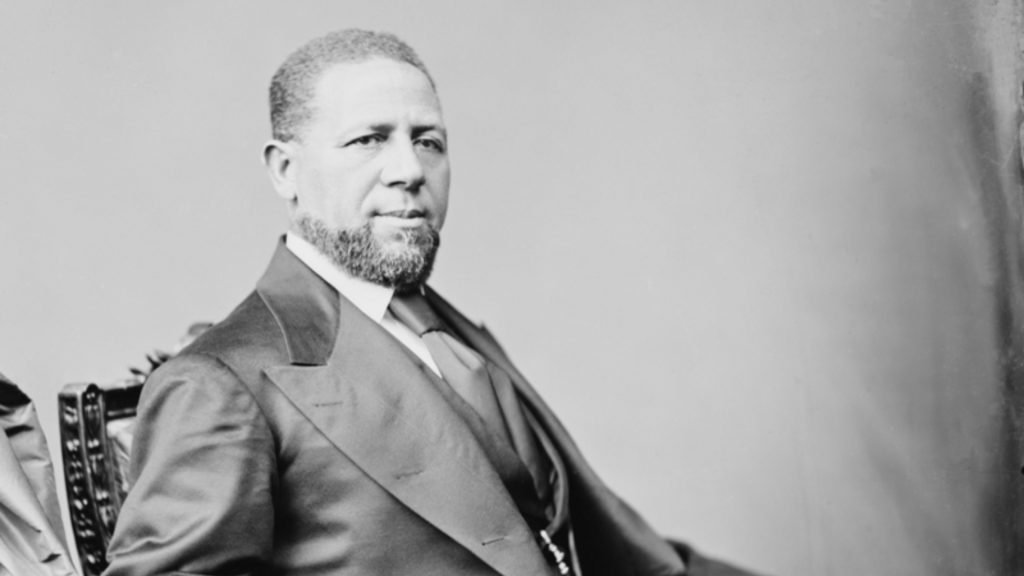
Insight: Hiram Revels became the first African American Senator in 1870, representing Mississippi. Though his term was brief, Revels left his mark. A champion for equality and education, he fought against segregation and advocated for the rights of freed slaves. His historic arrival in the Senate, marked a turning point for racial inclusion in American government.
40. In which year were Federal troops dispatched to Oxford, Mississippi?
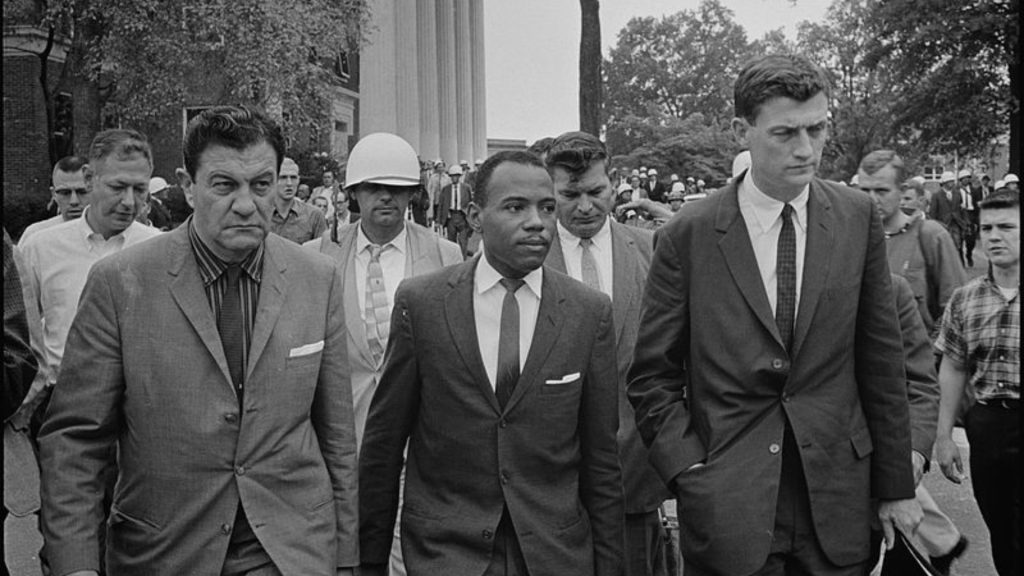
A. 1962
B. 1961
C. 1959
D. 1965
Answer: A. 1962

Insight: In 1962, James Meredith, an African American veteran, faced violent opposition when trying to enroll at the University of Mississippi. President Kennedy responded by sending federal troops to quell riots and ensure Meredith’s safety. This marked a turning point for civil rights, showcasing the federal government’s commitment to desegregation despite strong resistance.
41. In what year did the historic march from Selma to Montgomery, Alabama, occur?

A. 1967
B. 1964
C. 1965
D. 1963
Answer: C. 1965

Insight: Dr. Martin Luther King Jr. led a historic 54-mile march from Selma to Montgomery, Alabama, in 1965. This courageous, nonviolent protest for African American voting rights played a key role in the passage of the Voting Rights Act of 1965, forever changing the face of American democracy.
42. Which Ivy League institution was the first to have an African American serve as its president?
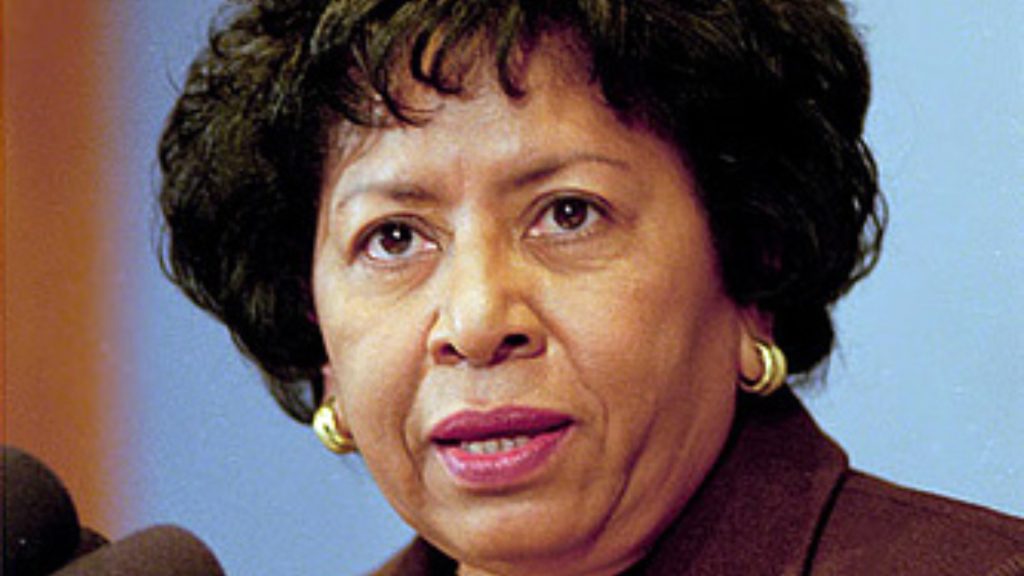
A. Cornell
B. Dartmouth
C. Brown
D. Harvard
Answer: C. Brown

Insight: In 2001, Ruth J. Simmons became the first Black president of an Ivy League university, Brown. This milestone shattered a racial barrier and paved the way for greater diversity in higher education leadership. Her presidency at Brown, lasting until 2012, solidified her legacy as a trailblazer for inclusion within these prestigious institutions.
43. Who was the first African-American player to pitch a no-hitter in the Major Leagues, famously doing it the hard way in the last inning?
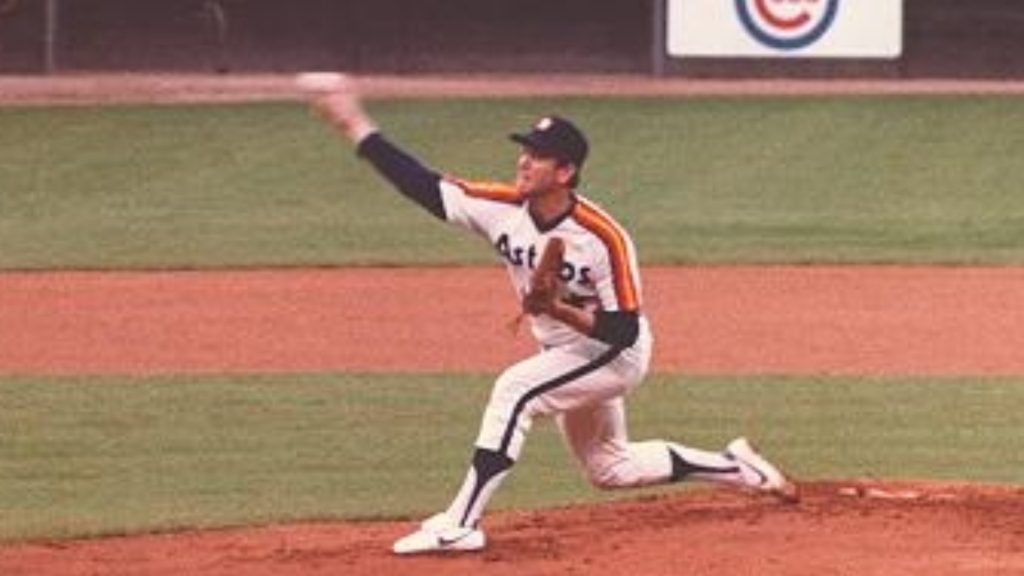
A. Sam “Toothpick” Jones
B. Dwight Gooden
C. Don Newcombe
D. Bob Gibson
Answer: A. Sam “Toothpick” Jones
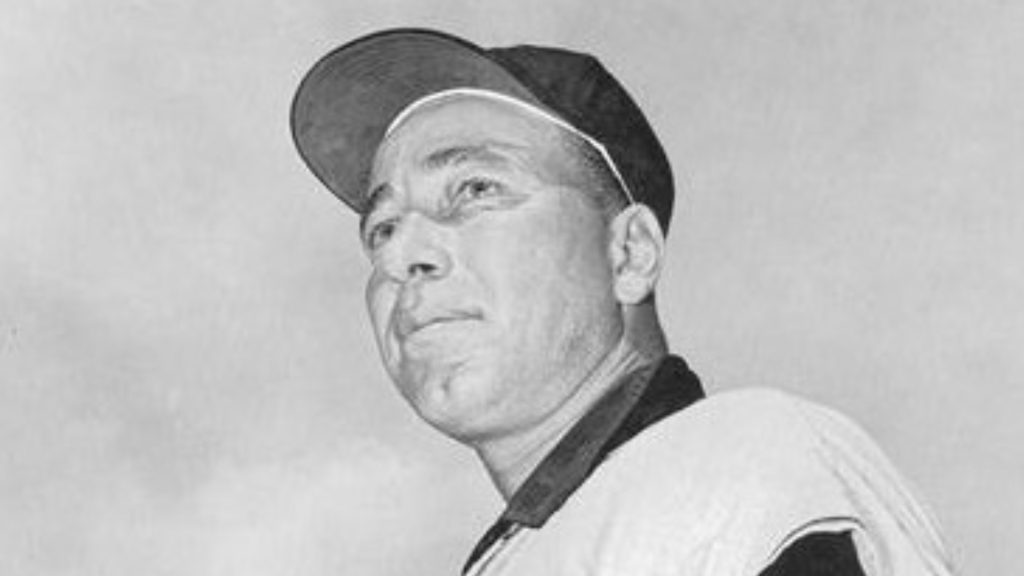
Insight: On May 12, 1955, Chicago Cubs pitcher Sam “Toothpick” Jones etched his name in history. He threw a no-hitter against the Pittsburgh Pirates, the first at Wrigley Field in 40 years. This feat not only showcased his talent, but also made him the first African-American pitcher to achieve a no-hitter in Major League Baseball history.
44. During the Barcelona Olympics, who emerged as the leading scorer for the iconic 1992 “Dream Team”?

A. David Robinson
B. Charles Barkley
C. Earvin Johnson
D. Larry Bird
Answer: B. Charles Barkley
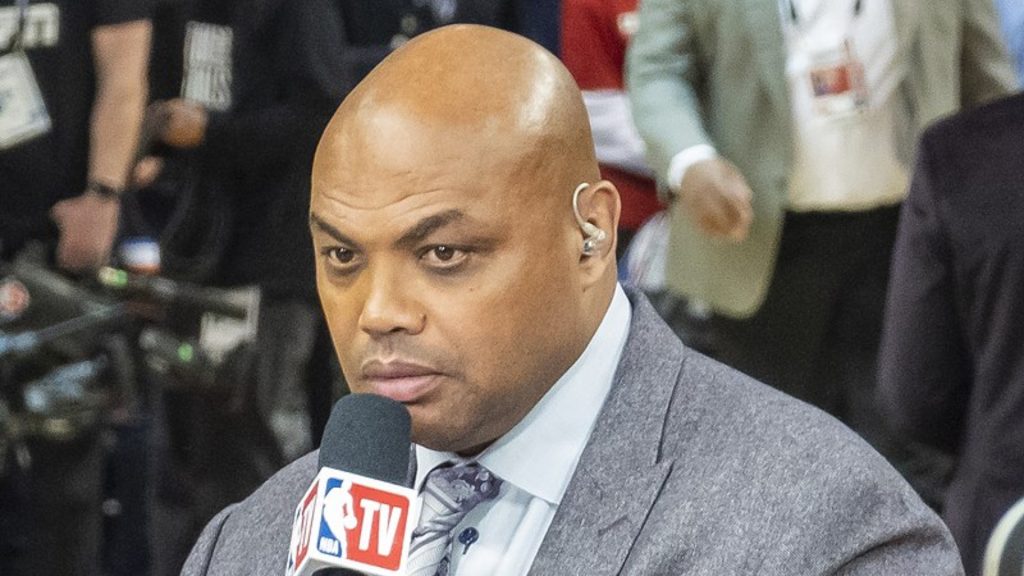
Insight: NBA superstar Charles Barkley led the scoring charge for the legendary 1992 US Olympic basketball team, the “Dream Team.” His dominant performance on the international stage, alongside other NBA icons, solidified their status as one of the greatest teams ever assembled. Barkley’s contribution extended beyond the gold medal, helping to popularize basketball worldwide during the 1990s.
45. In 1808, which President signed the bill into law making it illegal to import slaves into the United States?
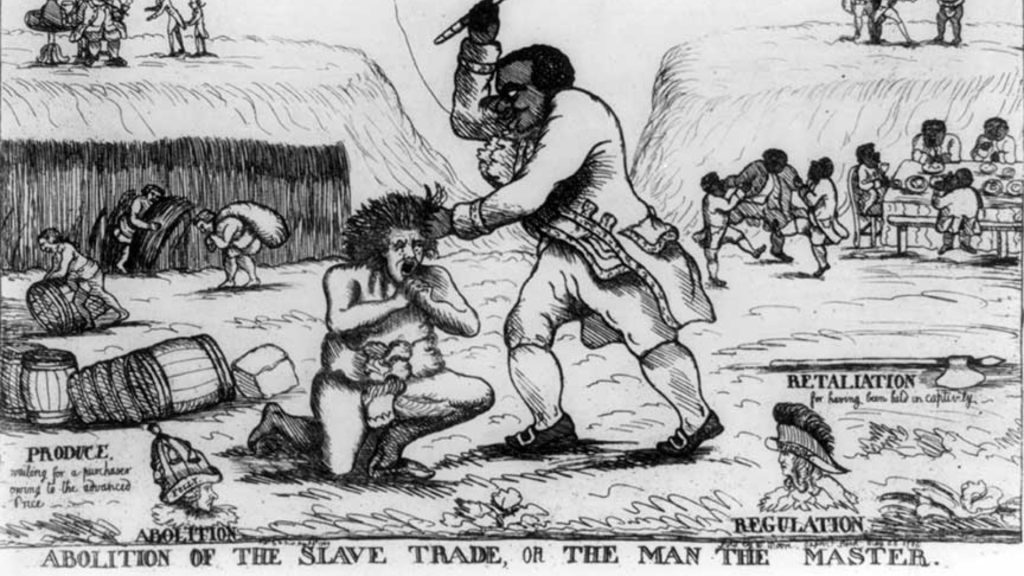
A. Thomas Jefferson
B. Abraham Lincoln
C. James Madison
D. Andrew Jackson
Answer: A. Thomas Jefferson

Insight: In 1808, the United States took a significant step against slavery by banning slave imports. This law, enacted on January 1st, reflected a growing international opposition to the slave trade. Interestingly, the U.S. ban came just before Britain, another major player in the trade, also outlawed it.
46. In what year was Martin Luther King, Jr.’s birthday first celebrated as a national holiday in the United States?
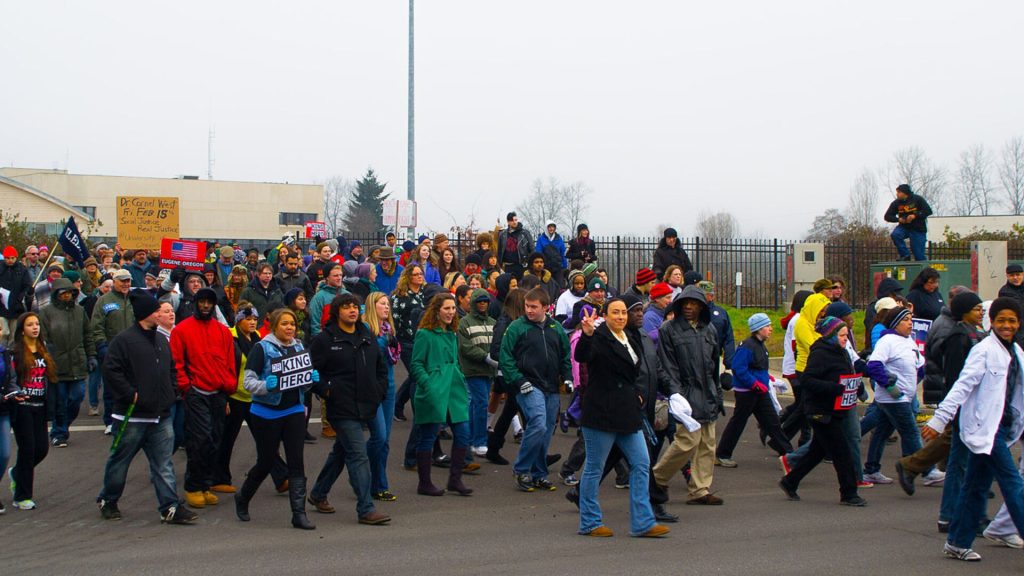
A. 1988
B. 1990
C. 1978
D. 1986
Answer: D. 1986
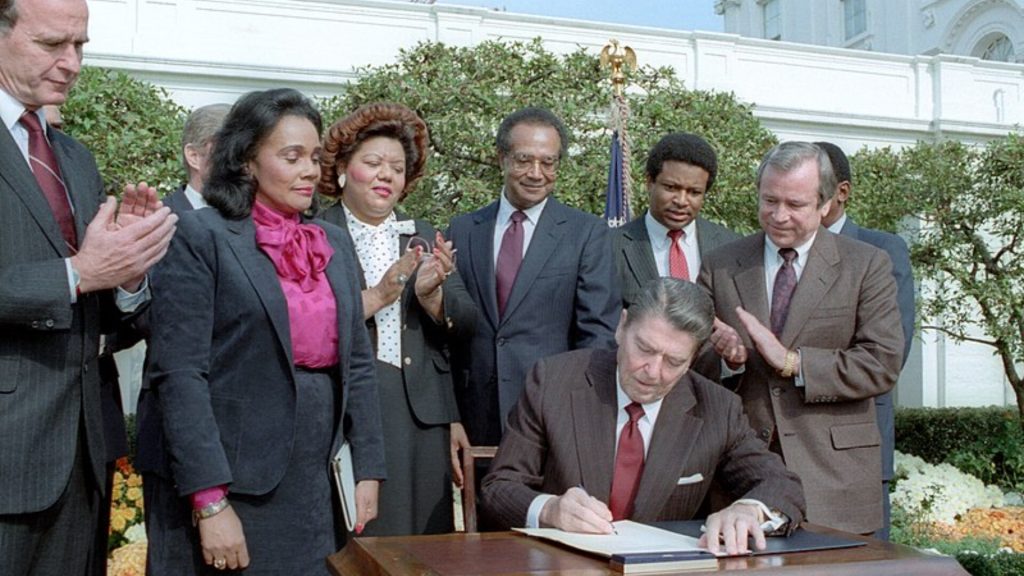
Insight: Honoring Dr. Martin Luther King Jr.’s legacy of civil rights activism, the US celebrates his birthday with a national holiday on the third Monday of January. This federal holiday, established in 1986, encourages not just reflection but also action through community service, echoing King’s commitment to a more just society.
47. In 1946, Jackie Robinson signed his first contract to play for a Major League farm team. Which team did he sign with?
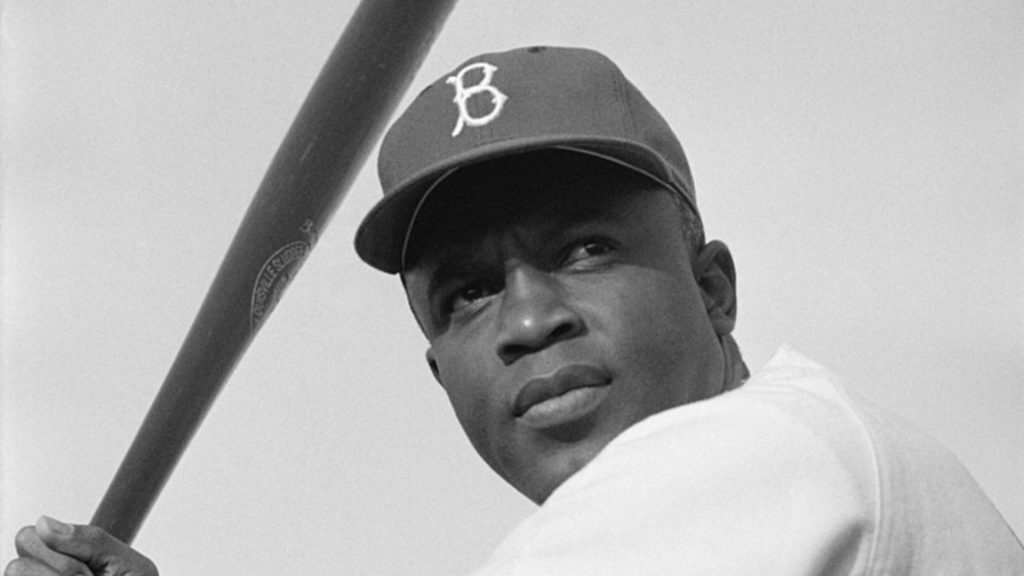
A. Chicago American Giants
B. Montreal Royals
C. Kansas City Monarchs
D. Homestead Grays
Answer: B. Montreal Royals

Insight: Before becoming Major League Baseball’s first Black player, Jackie Robinson broke barriers in 1946 with the Montreal Royals, a minor league affiliate of the Brooklyn Dodgers. This paved the way for his historic debut with the Dodgers in 1947, forever changing the game.
48. Which team had the honor of having the first Black professional player in the National Hockey League?
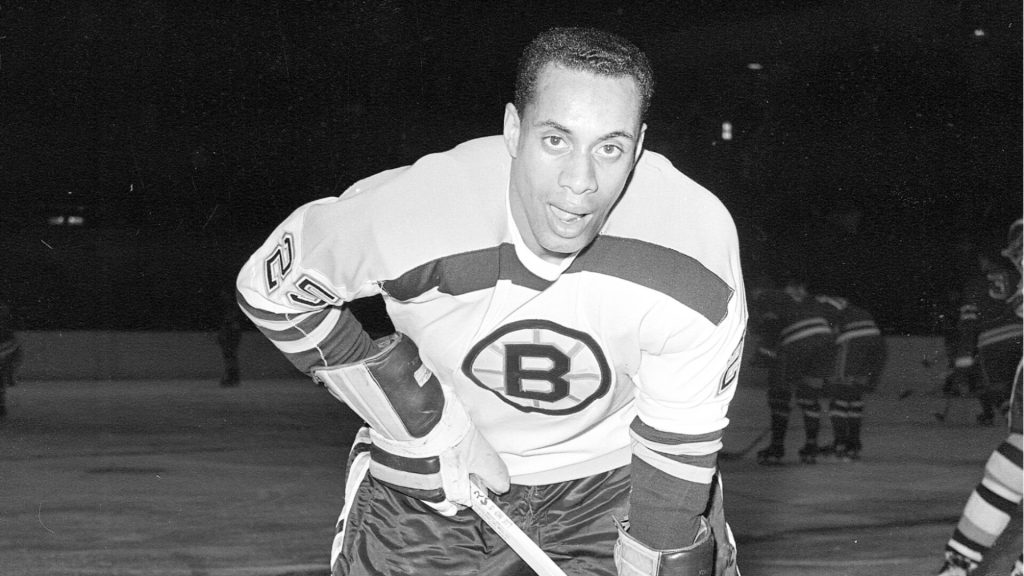
A. Toronto Maple Leafs
B. Boston Bruins
C. Philadelphia Flyers
D. Detroit Red Wings
Answer: B. Boston Bruins
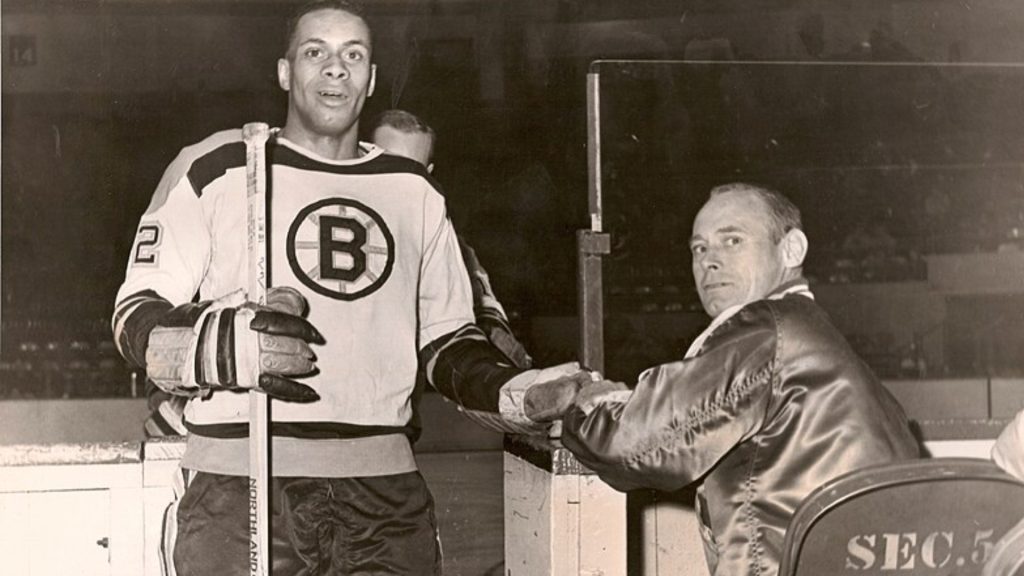
Insight: The Boston Bruins hold a special place in NHL history for signing Willie O’Ree, the league’s first Black player, in 1958. O’Ree’s debut shattered the color barrier in hockey, much like Jackie Robinson in baseball. Despite overcoming challenges, he paved the way for future generations with his talent and perseverance, earning him the nickname “the Jackie Robinson of ice hockey.”
49. Which state took the pioneering step of being the first to abolish slavery?

A. Massachusetts
B. Vermont
C. Georgia
D. New Jersey
Answer: B. Vermont
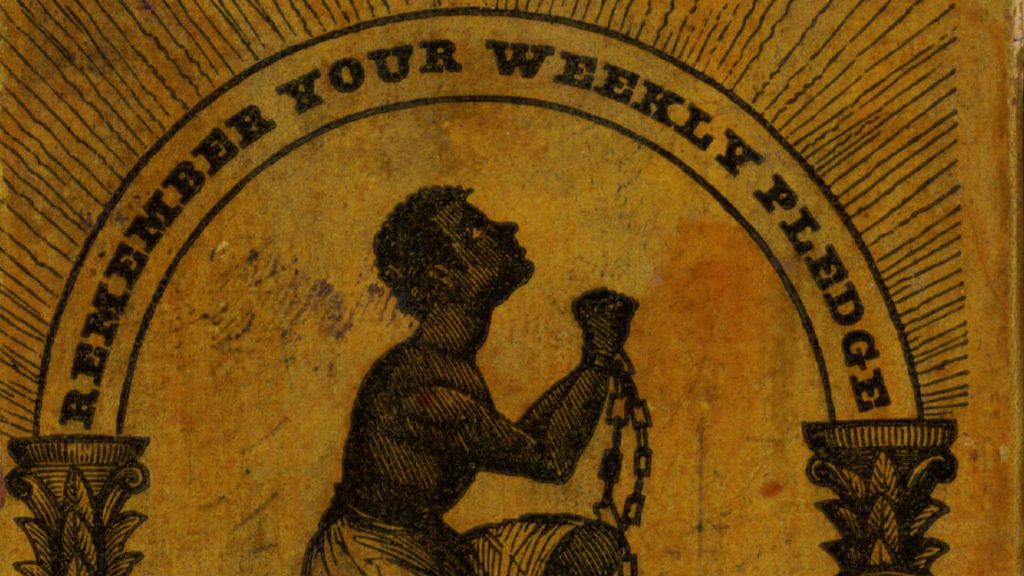
Insight: Vermont defied the times in 1777 by becoming the first colony to outlaw slavery. This groundbreaking move not only ended the practice within its borders but also extended voting rights to African American men. Vermont’s stand served as a beacon of hope in the fight against slavery, inspiring other states to follow suit.
50. Between 1840 and 1861, approximately how many slaves did Harriet Tubman help to rescue?

A. 3,000
B. 15
C. 20,000
D. 70
Answer: D. 70

Insight: While Harriet Tubman’s courage on the Underground Railroad is undeniable, the number of slaves she rescued may be overstated. Historical records suggest she freed around 70 people, mostly family and friends, during roughly 13 missions.
51. Who holds the distinction of being the first African American to serve as a state Governor?
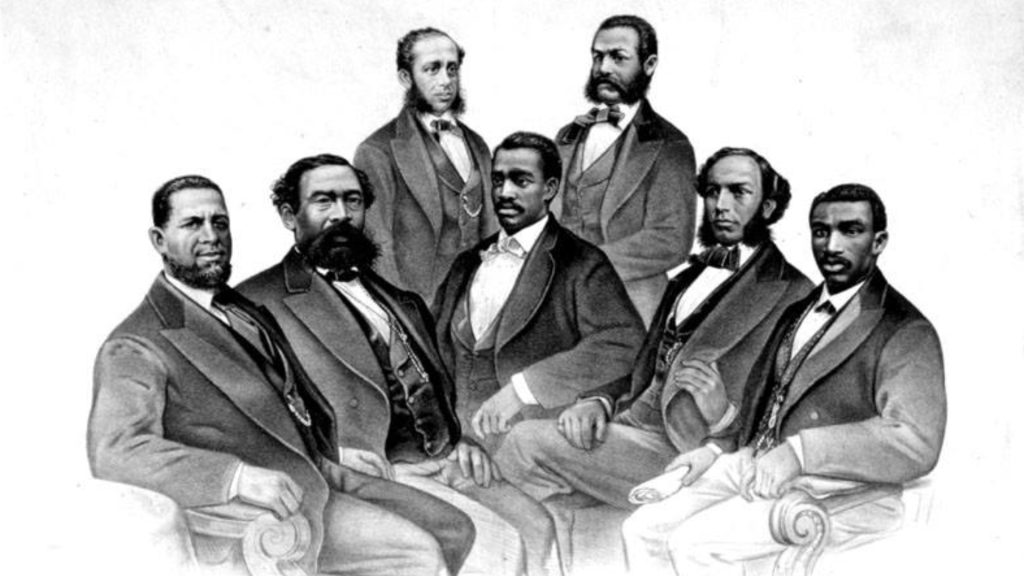
A. Thomas Bradley
B. Charles Drew
C. Edward Brooke
D. P.B.S. Pinchback
Answer: D. P.B.S. Pinchback
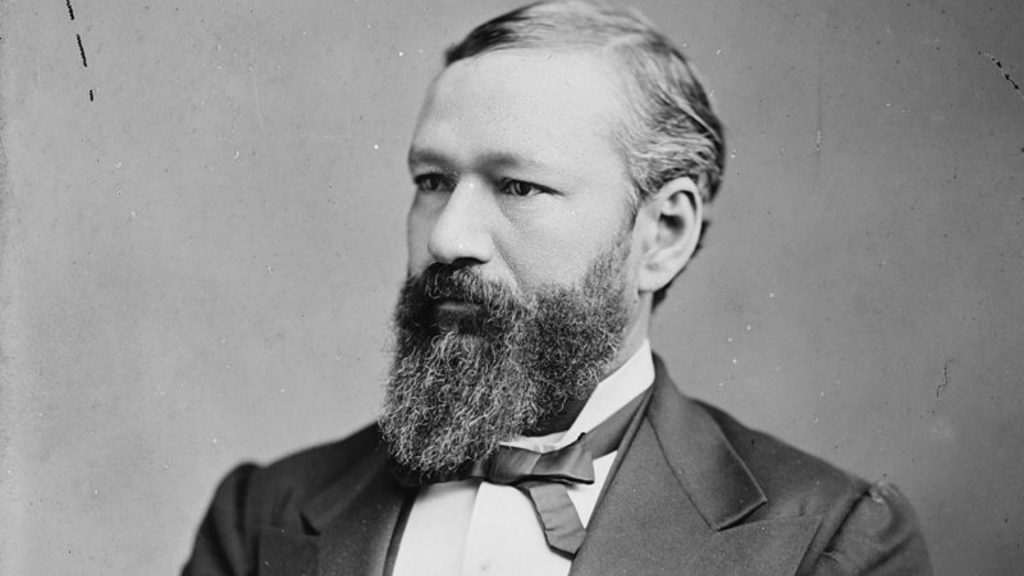
Insight: P.B.S. Pinchback made history as the first Black governor in the U.S. Though his time in office as Louisiana’s governor was brief, lasting only 36 days in 1872-1873, it held immense significance. Pinchback’s leadership during impeachment proceedings against the elected governor paved the way for future Black politicians, demonstrating the potential for African American leadership in high government roles.
52. In which location did the first formal protest against slavery take place?
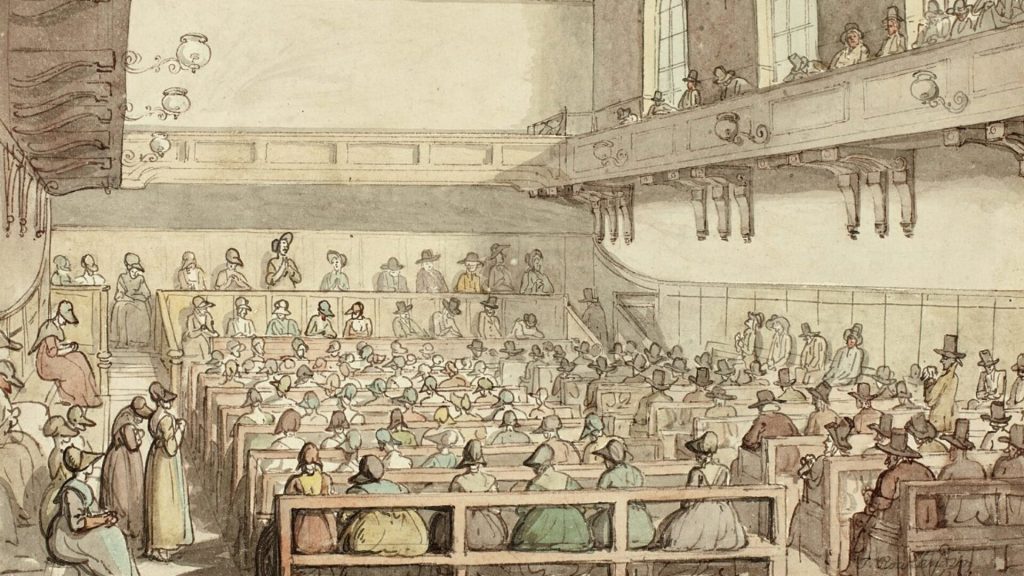
A. Germantown, Pennsylvania
B. Salem, Massachusetts
C. St. Augustine, Florida
D. Jamestown, Virginia
Answer: A. Germantown, Pennsylvania
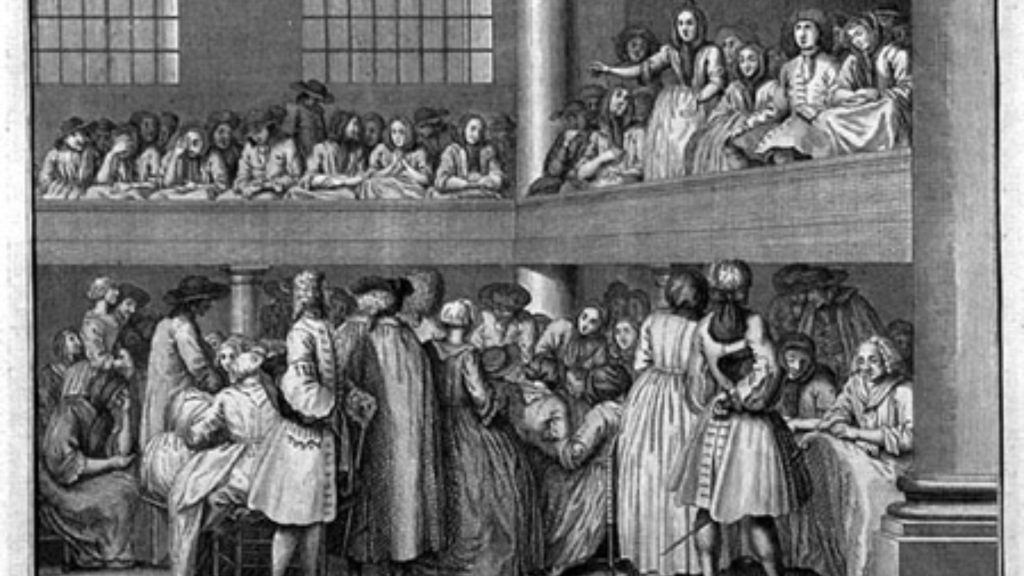
Insight: In 1688, Quakers in Germantown, Pennsylvania submitted the first formal protest against slavery in the US. Driven by their belief in equality, they petitioned against this injustice. This marked the start of a long fight for abolition and showed the Quakers’ commitment to justice, inspiring future movements across the country.
53. In what year was the National Association for the Advancement of Colored People (NAACP) officially established?

A. 1922
B. 1915
C. 1905
D. 1909
Answer: D. 1909

Insight: Born in 1909, the NAACP rose as a powerful voice against racial injustice. Founded by figures like W.E.B. Du Bois and Ida B. Wells-Barnett, this interracial organization marked a turning point in the fight for civil rights in America.
54. Where was the first Jim Crow law, which segregated train passengers, enacted?
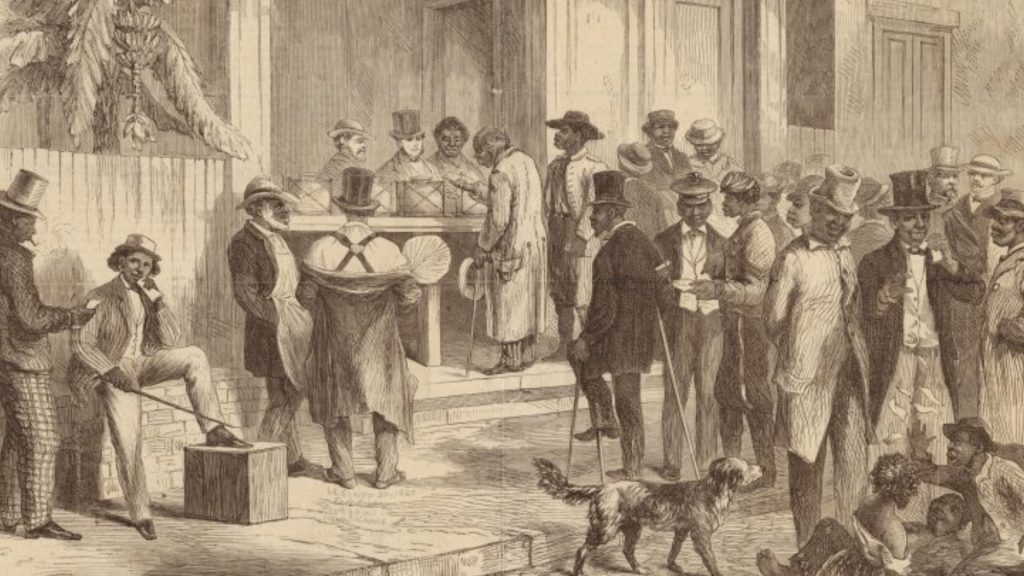
A. Mississippi
B. Florida
C. Tennessee
D. Georgia
Answer: C. Tennessee
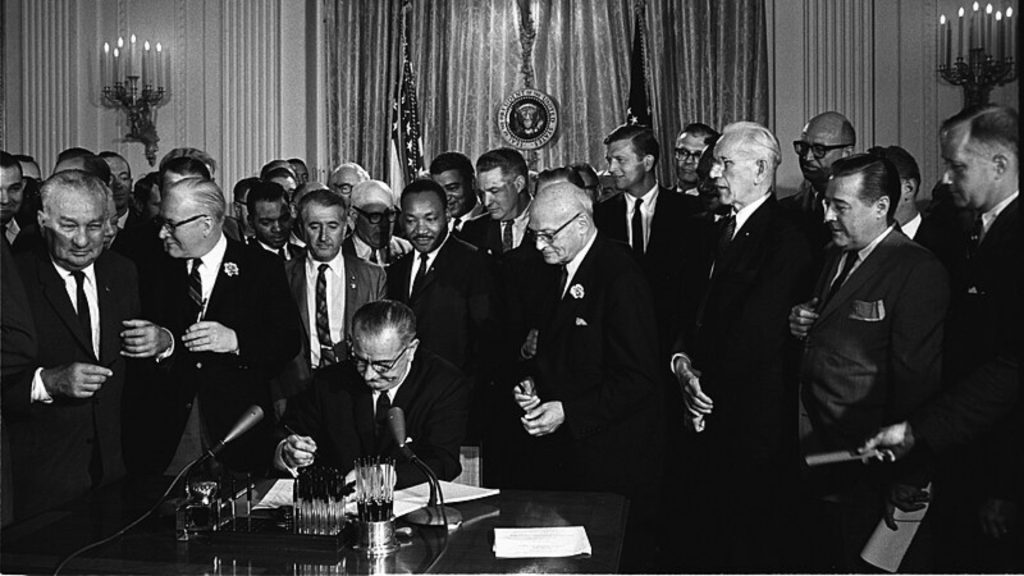
Insight: Contrary to popular belief, Tennessee wasn’t shy about segregation. They passed the first law separating train passengers by race in 1881, and even had earlier segregation efforts in 1875! These Jim Crow laws, affecting everything from schools to buses, paved the way for a deeply divided society. Thankfully, the Civil Rights Movement of the 1960s finally dismantled this system.
55. What is the meaning of the word “Kwanzaa”?
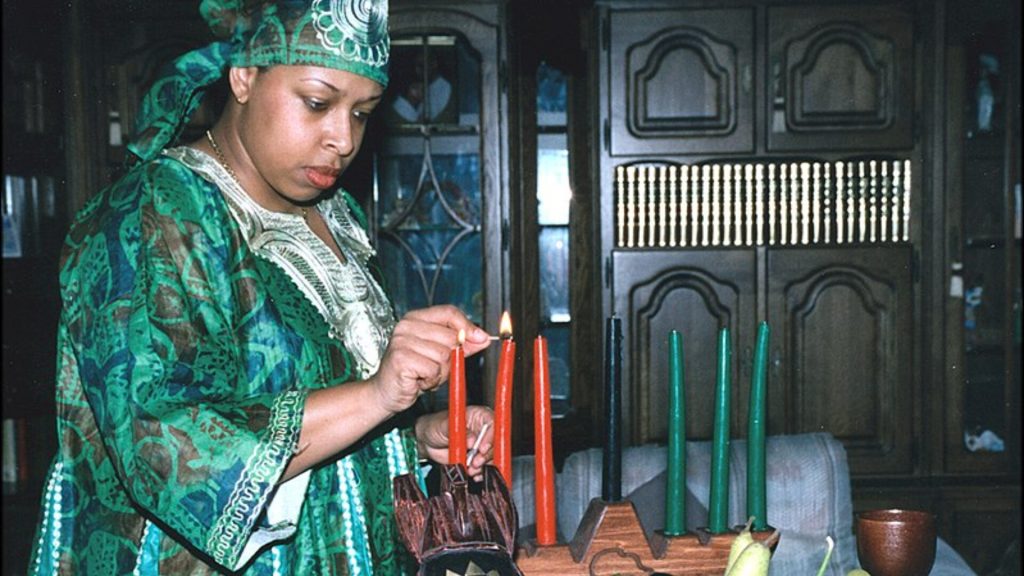
A. Unity and Faith
B. First Fruits
C. Togetherness
D. Celebrate Love
Answer: B. First Fruits

Insight: Rooted in African harvest traditions, Kwanzaa (“first fruits” in Swahili) is a weeklong celebration honoring African heritage. Established in 1966, it encourages African Americans to connect with their roots by emphasizing unity, cultural values, and community spirit.
56. Which notable American was awarded the Medal of Freedom by President John F. Kennedy in December 1963?

A. Rosa Parks
B. Malcolm X
C. Ralph Bunche
D. Martin Luther King Jr.
Answer: C. Ralph Bunche

Insight: Ralph Bunche, a pioneering diplomat, received the Medal of Freedom from President John F. Kennedy in 1963 for his global contributions. He was instrumental in negotiating Middle East peace in the late 1940s and became the first African American Nobel Peace Prize laureate in 1950, setting the stage for future peace efforts and civil rights advancements.
57. Who was the first African American to serve as a member of the U.S. Cabinet?

A. Robert C. Weaver
B. Ron Brown
C. Shirley Chisholm
D. Andrew Young
Answer: A. Robert C. Weaver

Insight: Robert C. Weaver made history as the first African American member of the U.S. Cabinet. Appointed by President Lyndon B. Johnson, he served as the Secretary of Housing and Urban Development from 1966 to 1968. Weaver’s appointment marked a significant milestone in American politics and paved the way for future African American leaders.
58. In the first-ever Kentucky Derby in 1875, out of the fifteen jockeys, how many were African-American?

A. 3
B. 15
C. 1
D. 13
Answer: D. 13
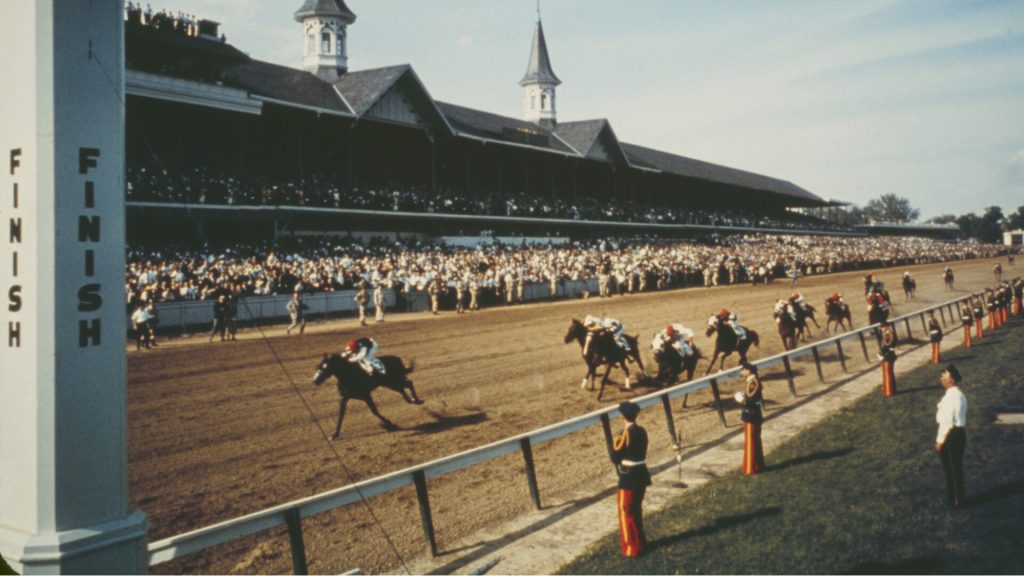
Insight: In the 1875 Kentucky Derby, an astonishing 13 out of 15 jockeys were African-American—a remarkable feat given the racial climate of the time. Despite their initial dominance, discrimination led to their gradual exclusion from the sport. Yet, their legacy as pioneers in horse racing endures, showcasing talent and resilience.
59. In 1848, individuals opposing the expansion of slavery were known as ______.
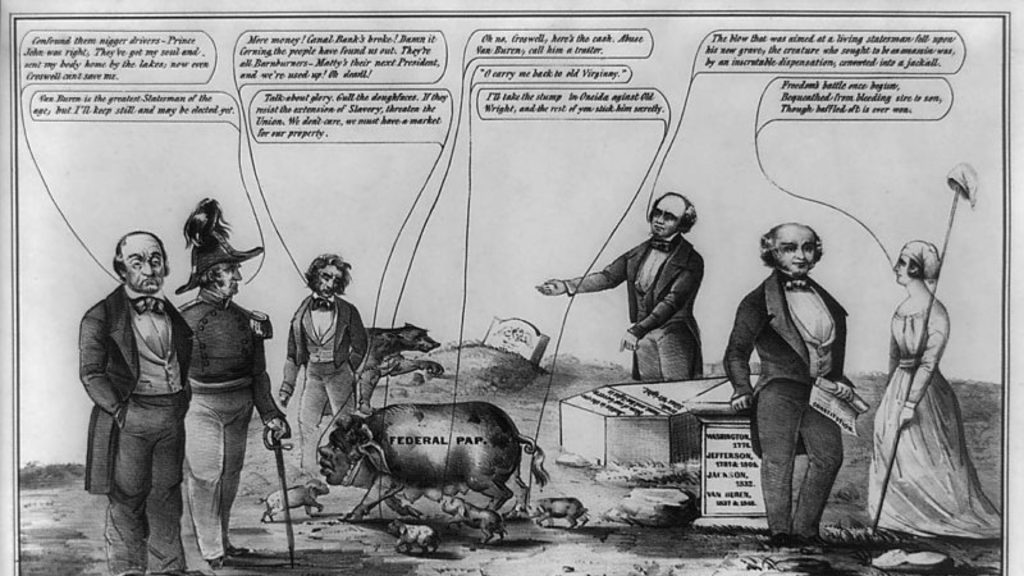
A. Freedom Riders
B. Free People
C. Anti-Bondage Unionists
D. Free-Soilers
Answer: D. Free-Soilers

Insight: The Free-Soilers, a significant political group leading up to the American Civil War, vehemently opposed the expansion of slavery into new territories gained from the Mexican-American War. Their stance underscored a deepening national rift over slavery, driven by moral and economic worries, shaping the path to conflict.
60. Who marked history as the first African American quarterback in the National Football League (NFL) during the Modern Era?

A. Warren Moon
B. Willie Thrower
C. Marlin Briscoe
D. Charlie “Choo Choo” Brackens
Answer: B. Willie Thrower

Insight: Willie Thrower made history in 1953 as the first African American quarterback in the modern NFL era, playing for the Chicago Bears. Prior, he broke barriers in college football at Michigan State, becoming the first African American quarterback in the Big Ten Conference and leading his team to a National Championship in 1952.
61. Who made history as the first African American combat pilot?
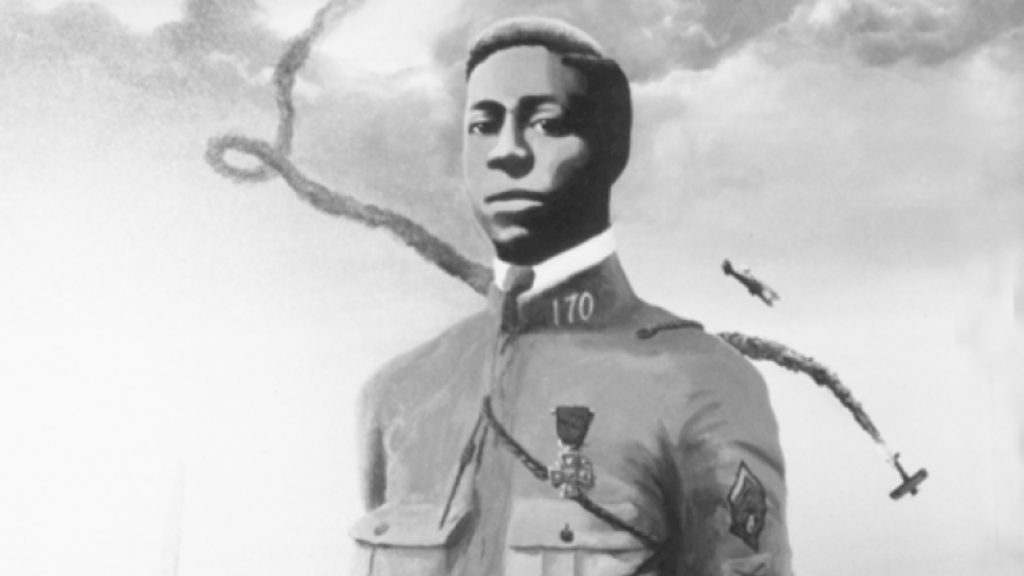
A. Albert C. Read
B. Daniel “Chappie” James Jr.
C. Arthur Whitten Brown
D. Eugene Jacques Bullard
Answer: D. Eugene Jacques Bullard
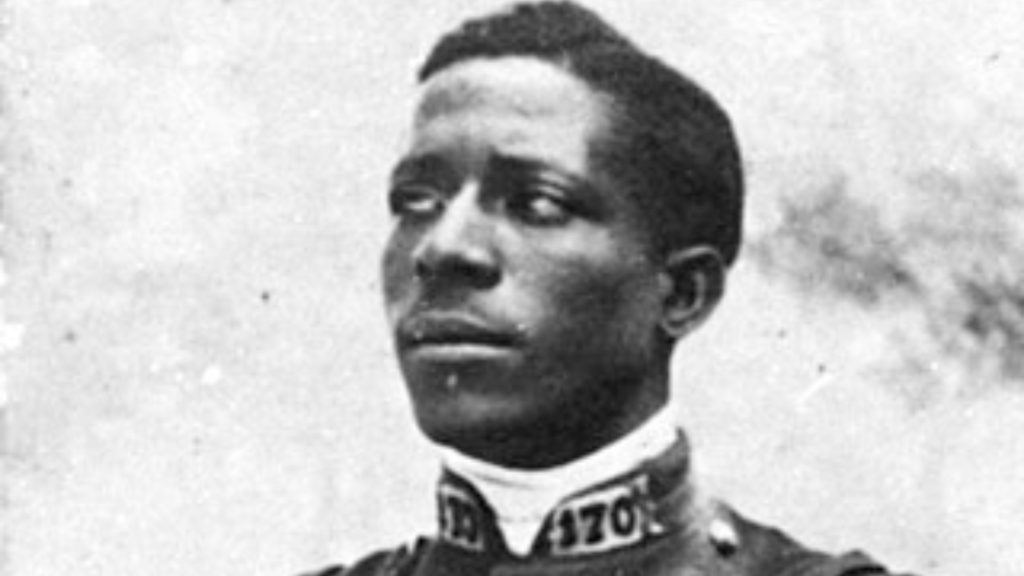
Insight: Eugene Jacques Bullard, the first African American combat pilot, defied racial discrimination by serving France during World War I. Despite his bravery, U.S. recognition eluded him until 1994 when he was posthumously commissioned as a second lieutenant in the Air Force, honoring his legacy as a pioneer aviator.

